A very unique TLR: Mamiya C33
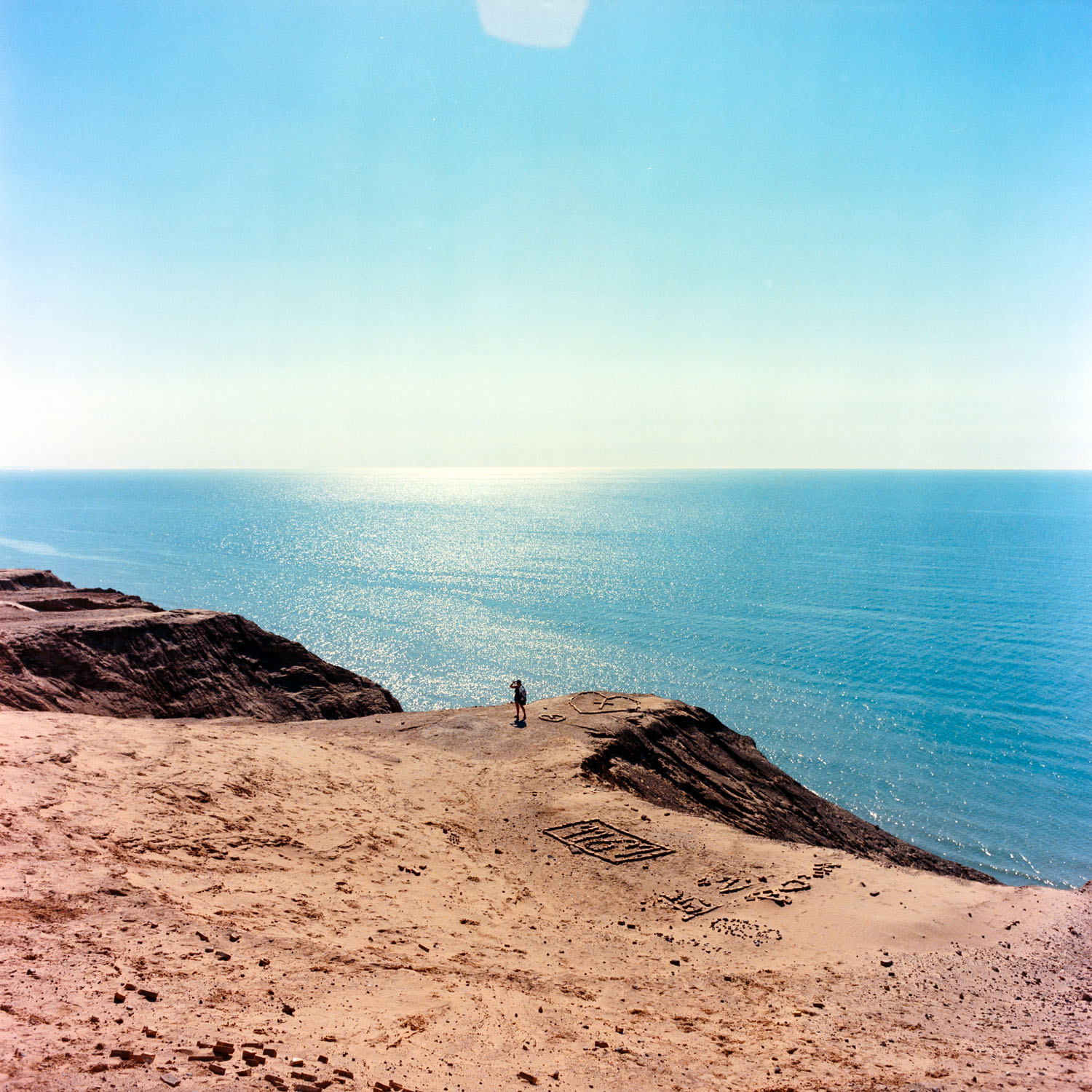
Welcome to my article, where I will try to write some words about my Mamiya C33 medium format camera. Before we get there, let me introduce myself briefly. My name is Mateusz, and I started my journey with analog photography somewhere in 2019/2020 (just for the record – journey with analog photography means spending a tremendous amount of money on cameras and film). I live in Aarhus, Denmark, and I am an engineer working in the wind turbine industry who, for whatever reason, decided at some point in his life to take some photos with an analog camera.
Firstly, I was more into landscapes, but recently, I have been doing almost only street photos and trying my best to shoot some portraits. Well, no offence to landscape photographers, but I find it way more interesting photographing people – with or without consent, but that’s the topic for another discussion. I could write here something about how much I was inspired by Vivian Mayer, Chris Niedenthal or any other famous photographer, but to be completely honest, I think that if you start being inspired a little bit too much, it will kill your creative process. It is a part of the process to discover what kind of photography you like and, ultimately, what tool you will need for that. Maybe I will sound a little bit too edgy, but the fact that you do photos on film doesn’t automatically make your photos better. I would even say that if you are at the beginning of your journey with photography – it will make your learning curve longer and more difficult, and trust me, because I went through this.
Coming back to the inspirations – I take them very often from the films, and to keep the list short, I will just mention a few names, like Quentin Tarantino, Akira Kurosawa, Krzysztof Kieślowski and Nuri Caylan. When it comes to portraits – I decided a few months ago to give it a try, and I kind of like it. It is way different compared to what I used to do in my photography work – it requires some communication with a model and some set-up, but gives so many creative options. The only name I could really recommend is @jeromehoffmeister. I absolutely love his work. Now, let’s get back to the Mamiya, shall we?
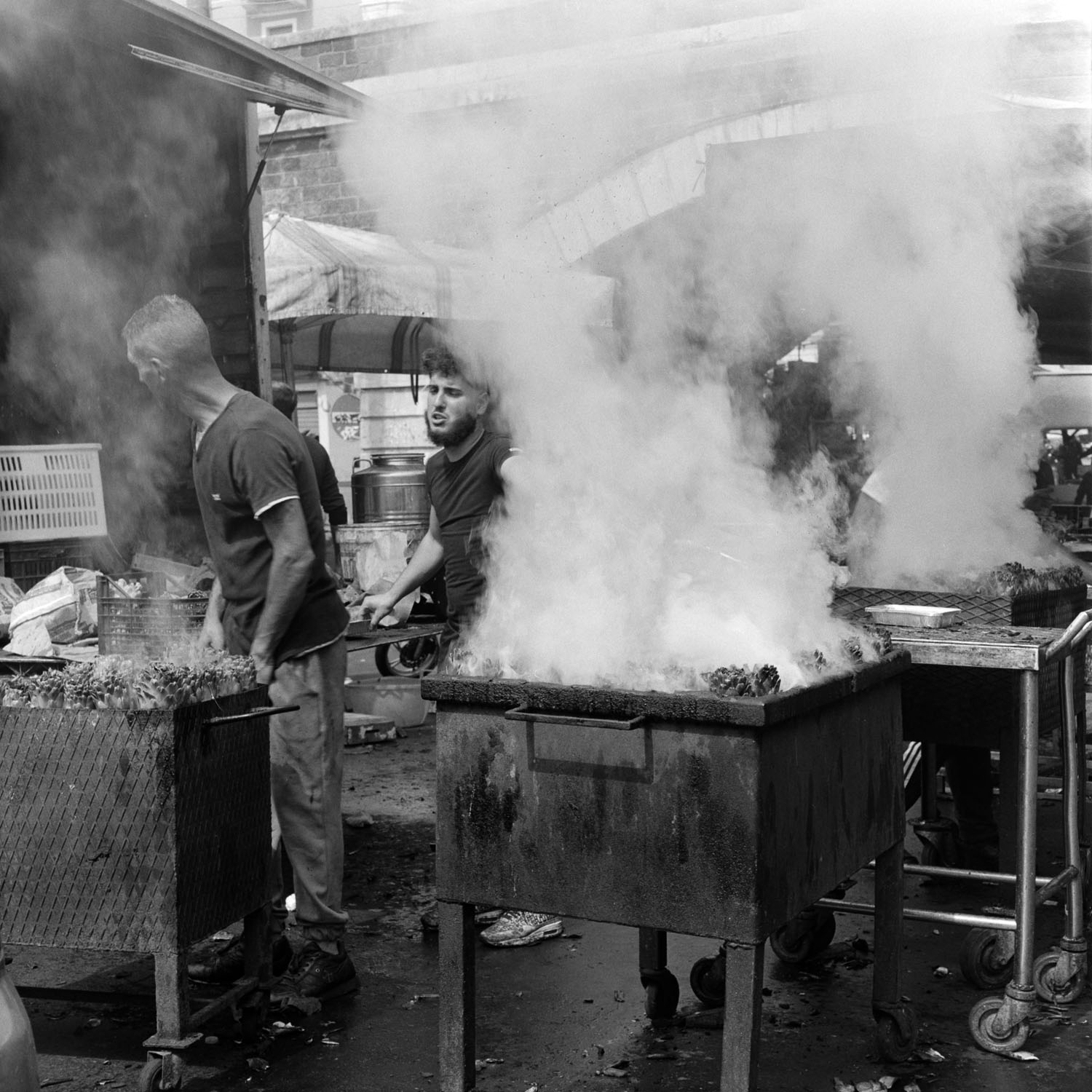
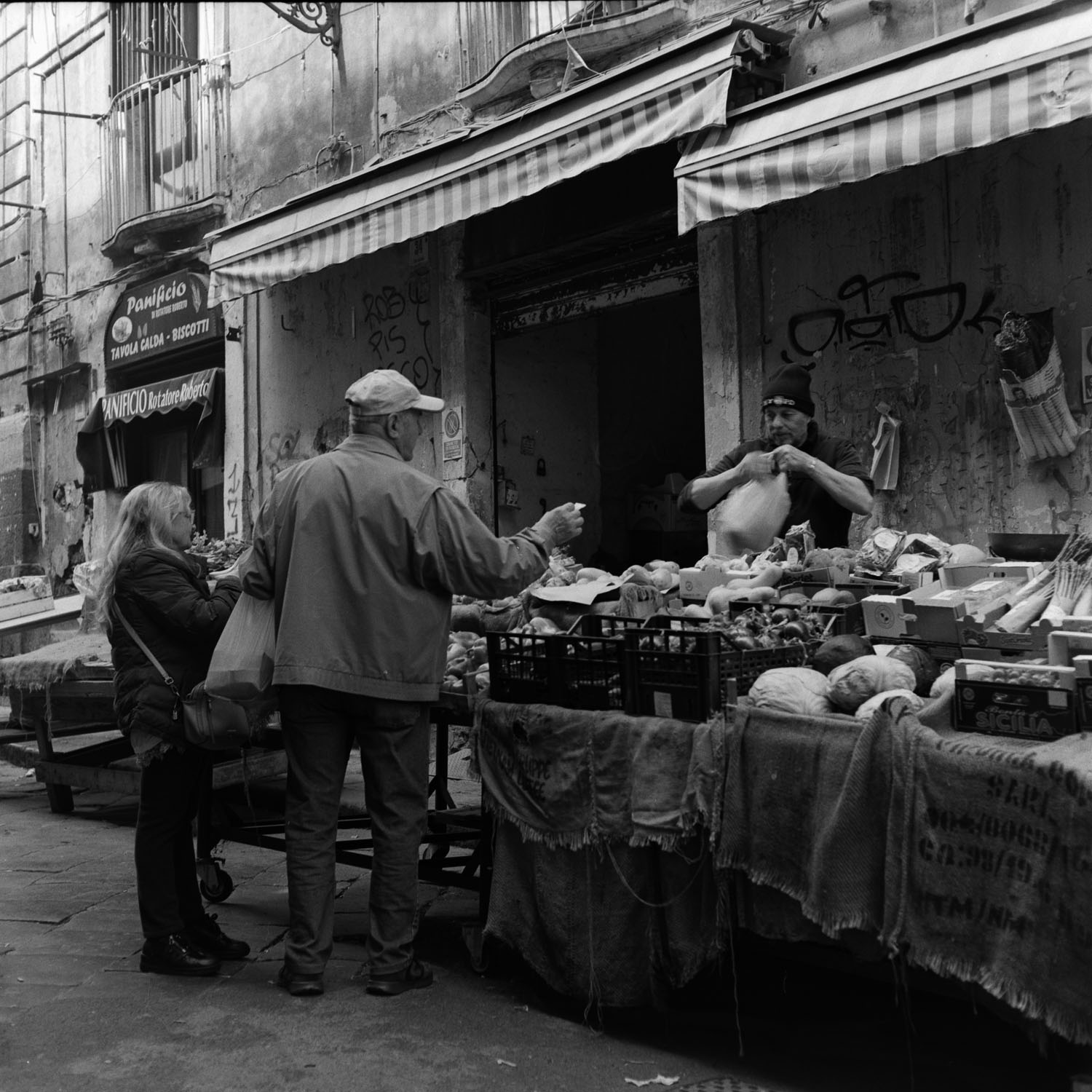
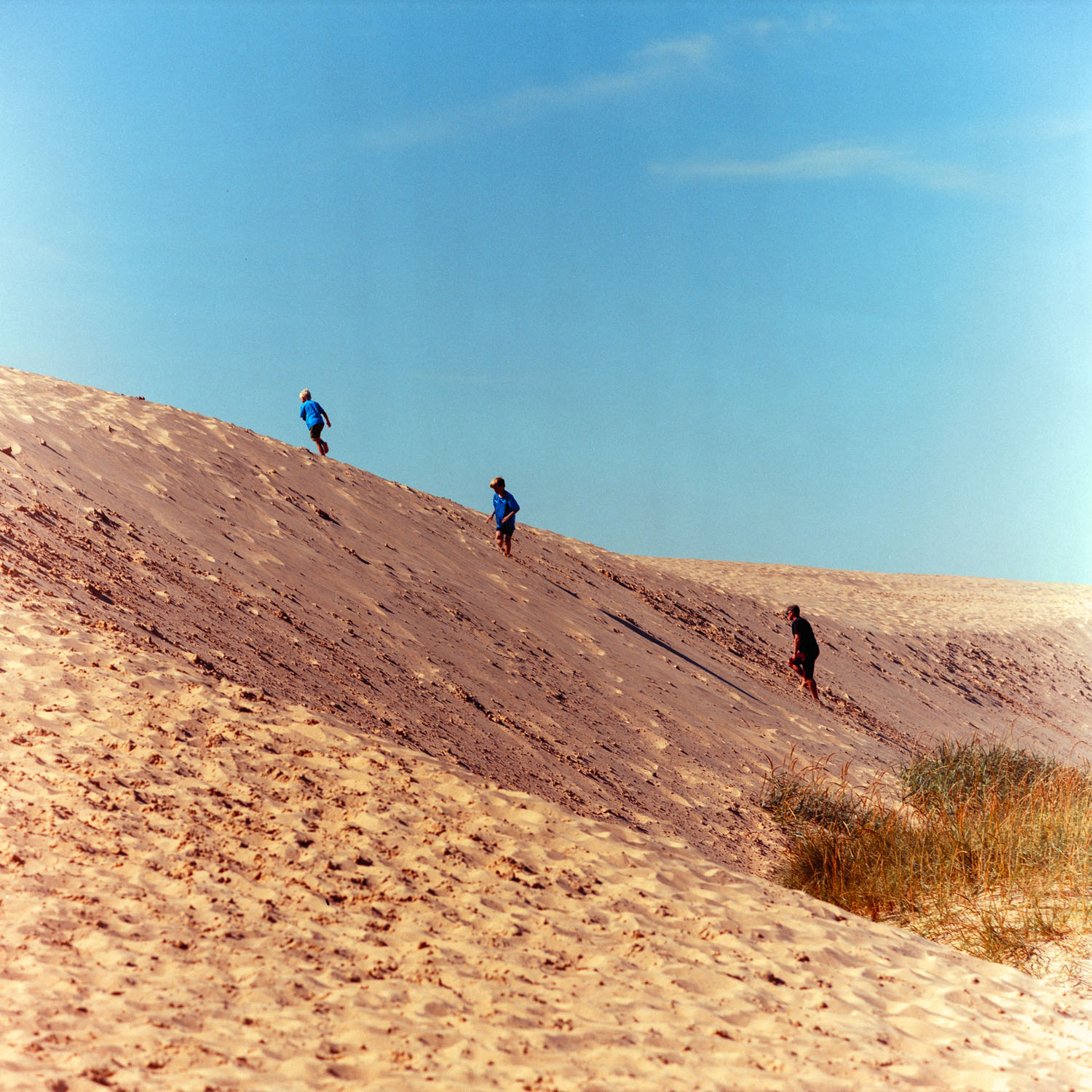
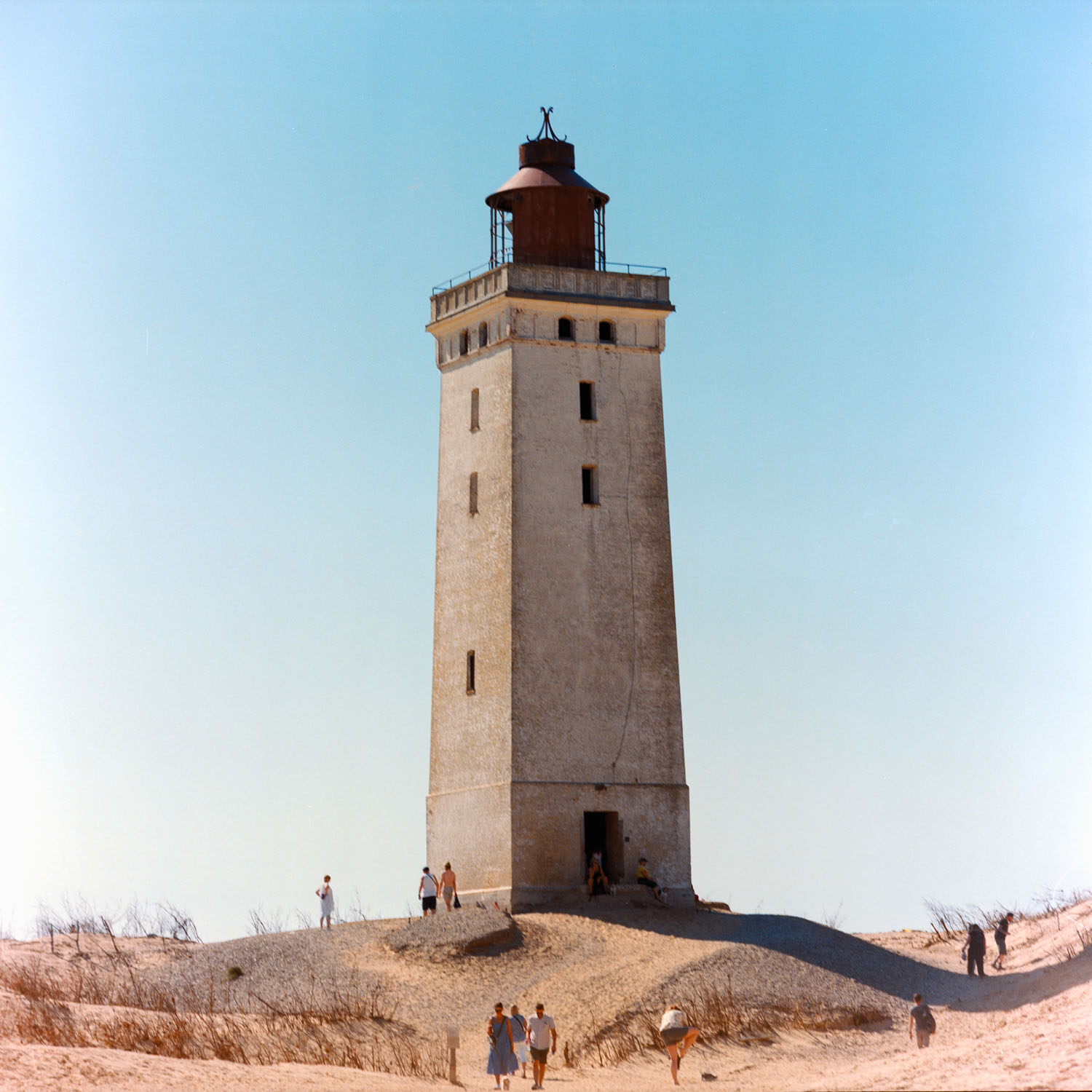
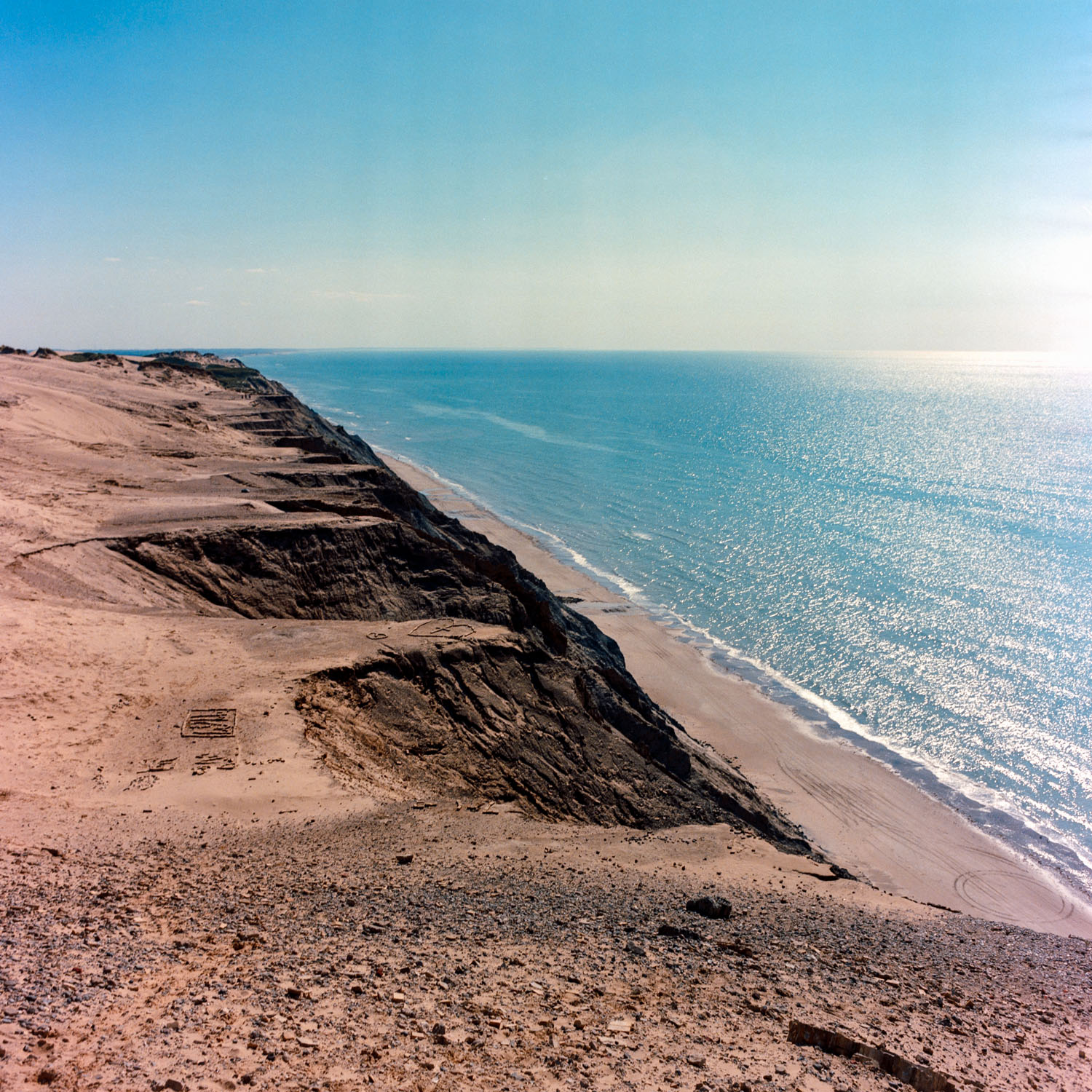
I bought my first medium format camera around 1 year ago, mainly because of the quality of the pictures done on medium format film. You might read somewhere about the “medium format look”, which means an almost 3D look due to a very shallow depth of field, and this is true. You are getting better tonal range and lower grain. The drawback is, of course, the cost per photo. I think it is about 3 times more compared to 35mm. My advice is when you have an “x” budget for a medium format camera – don’t spend everything on the camera. Whether you send your film to a lab to develop and scan or want to develop and scan at home, it will cost you. That was for me the main driver to start developing C-41 at home and for building a DSLR scanning setup.
I was considering several TLR 6×6 cameras, like Rolleicord, Mamiya C330, Yashica Mat 124 and Minolta Autocord. Finally, I bought a C33 in excellent shape, after service, for a significantly lower price than the C330. Honestly, I think in terms of the photo’s quality, it doesn’t really matter if you buy C33 or C330 or perhaps C3. There were some upgrades from generation to generation, but nothing mind-blowing. You can also consider C2/C22/C220 as it is a little bit lighter compared to C3/C33/C330, but doesn’t have a cocking mechanism, so you need to do it manually (not a big issue, in my opinion). I read somewhere that C330 has more plastic parts inside compared to C33, so technically speaking C33 should be more reliable, but how it relates to reality – I am not sure. What I know is that those cameras were workhorses of the wedding photographers in 60/70/80s, and they are known for their reliability.
What are the main advantages and disadvantages of TLRs in general?
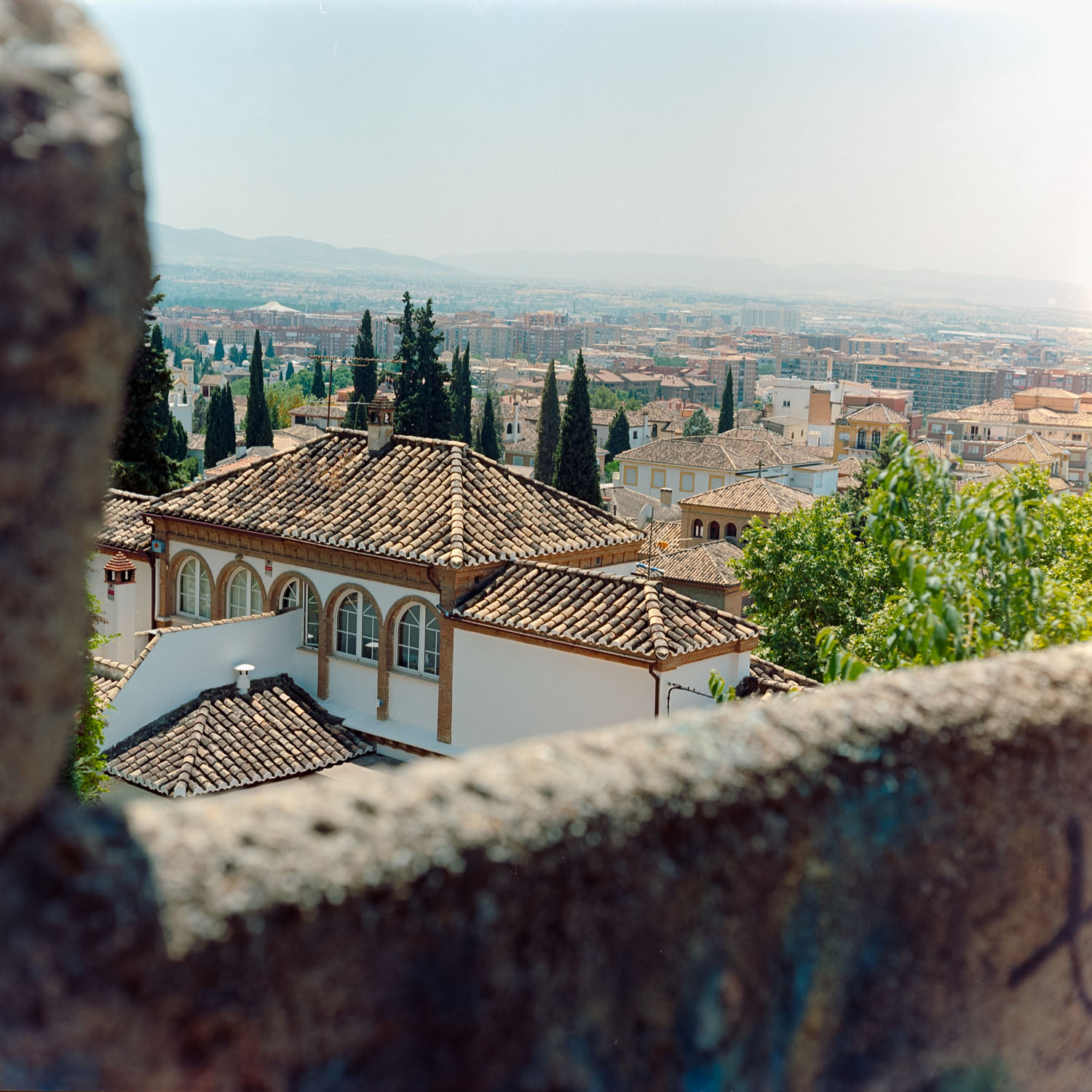
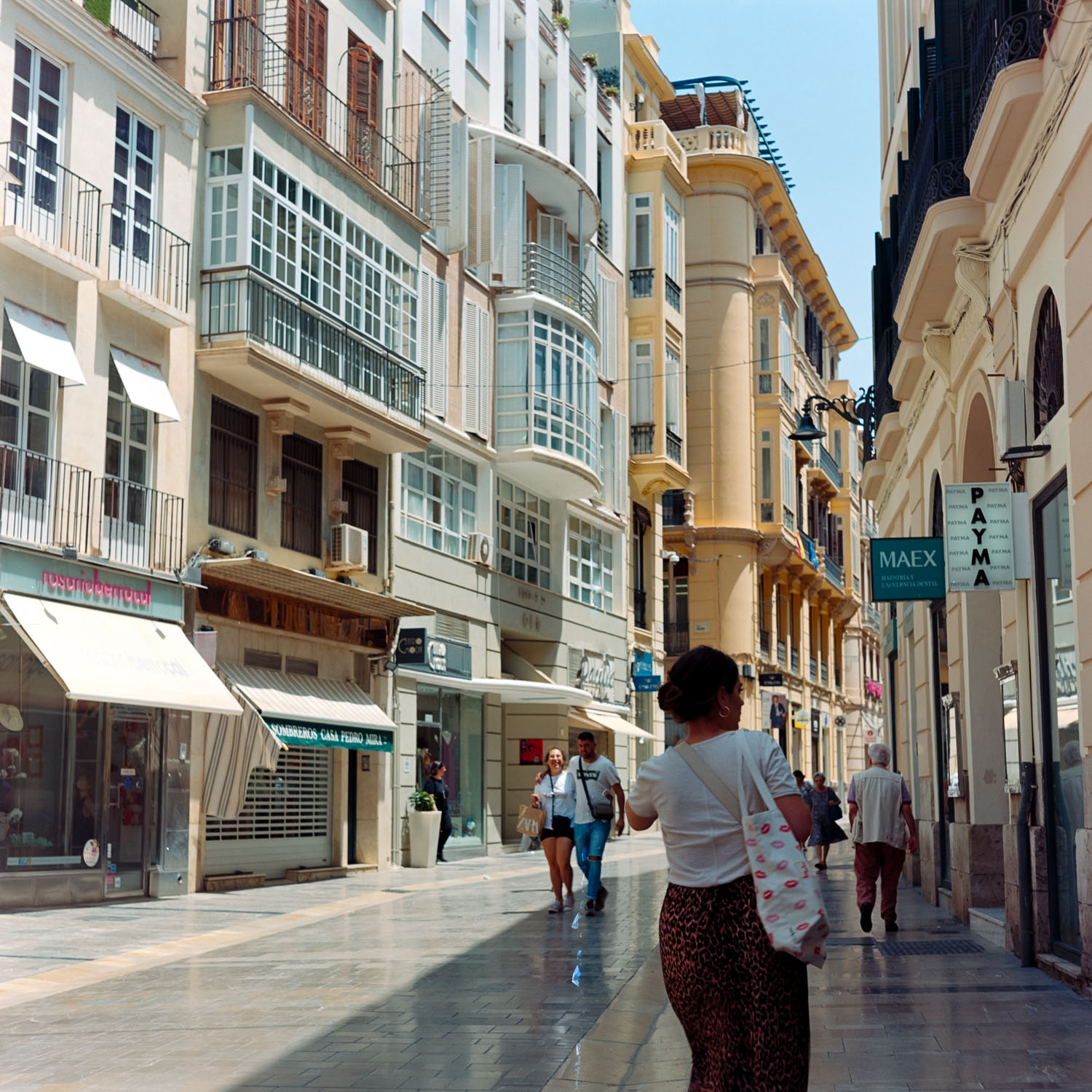
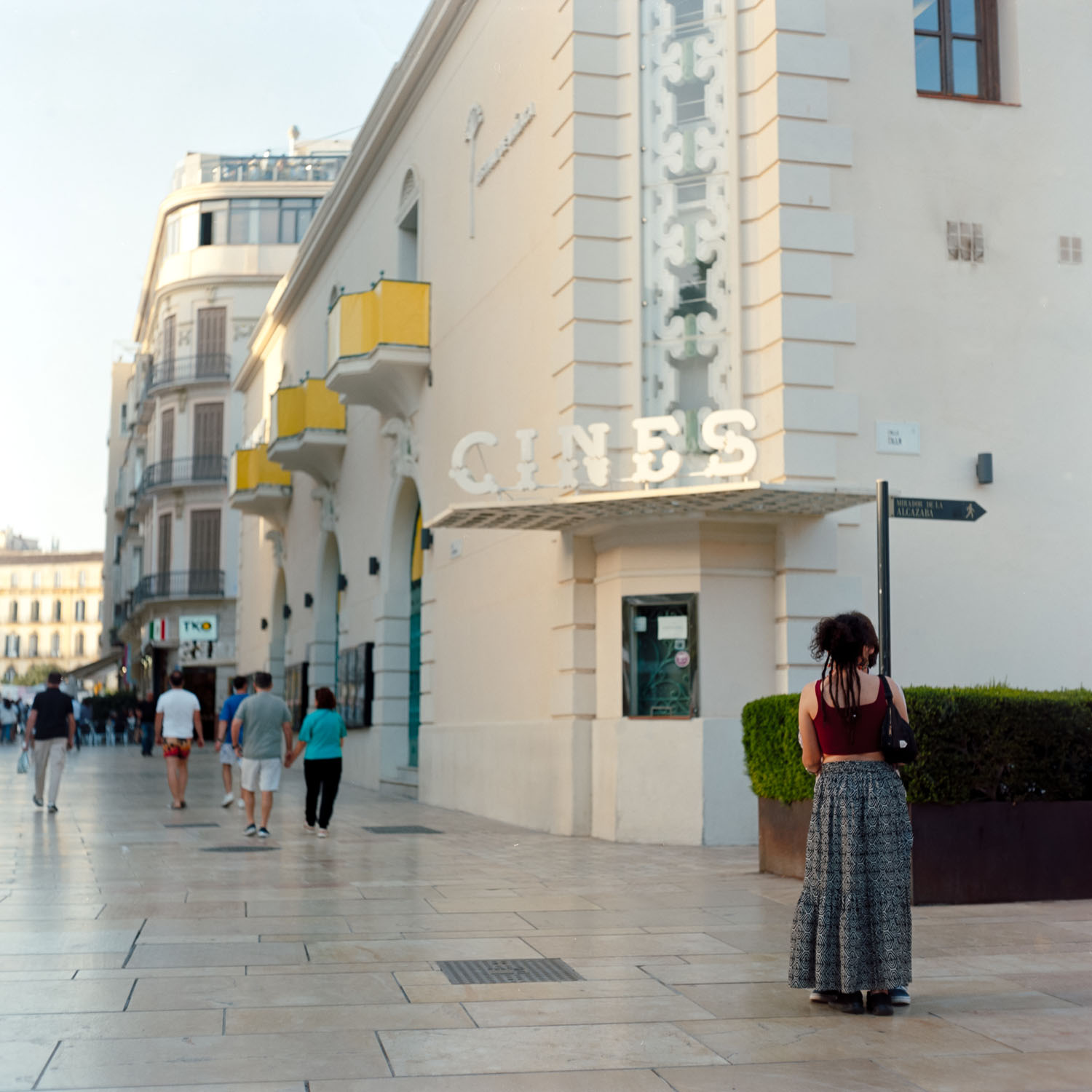
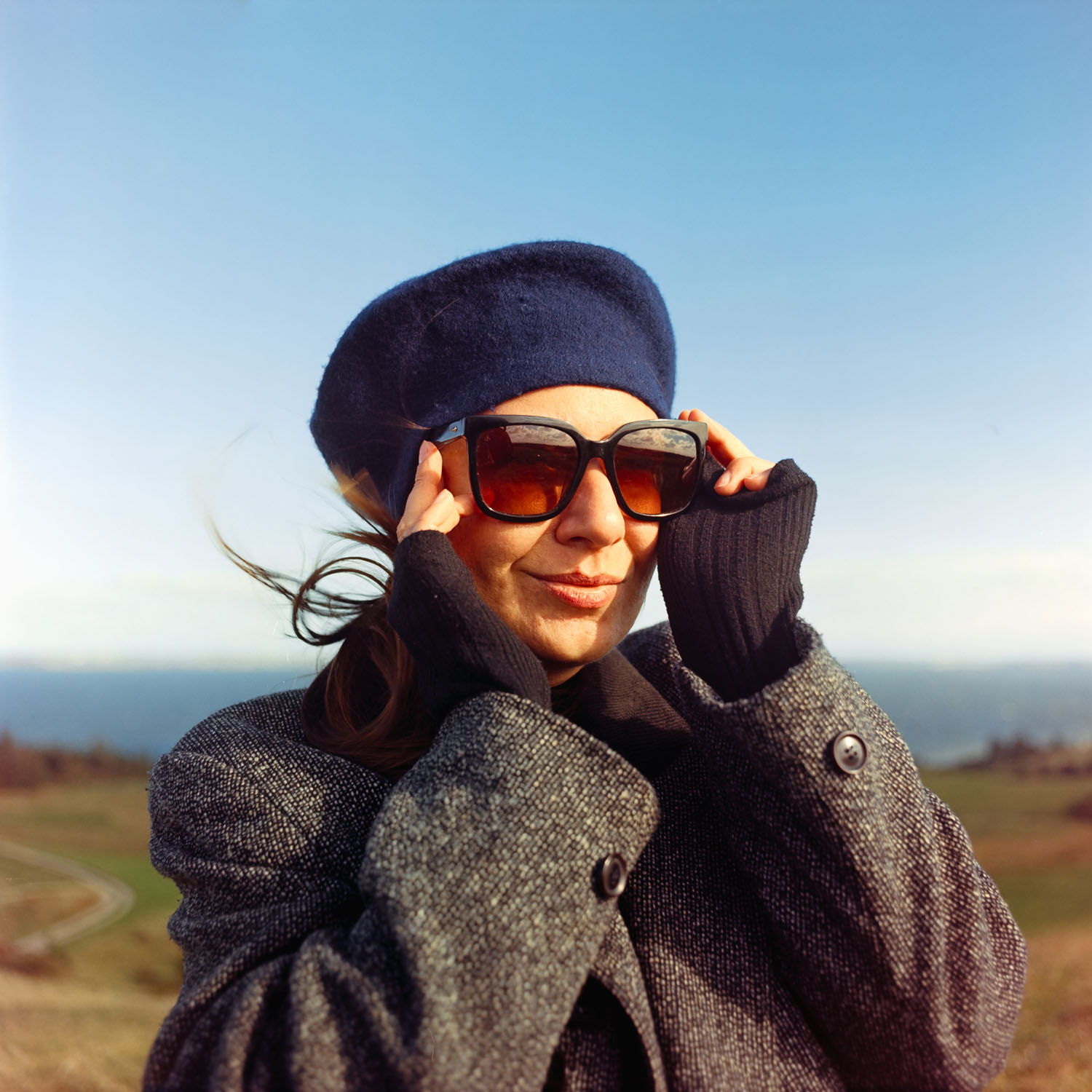
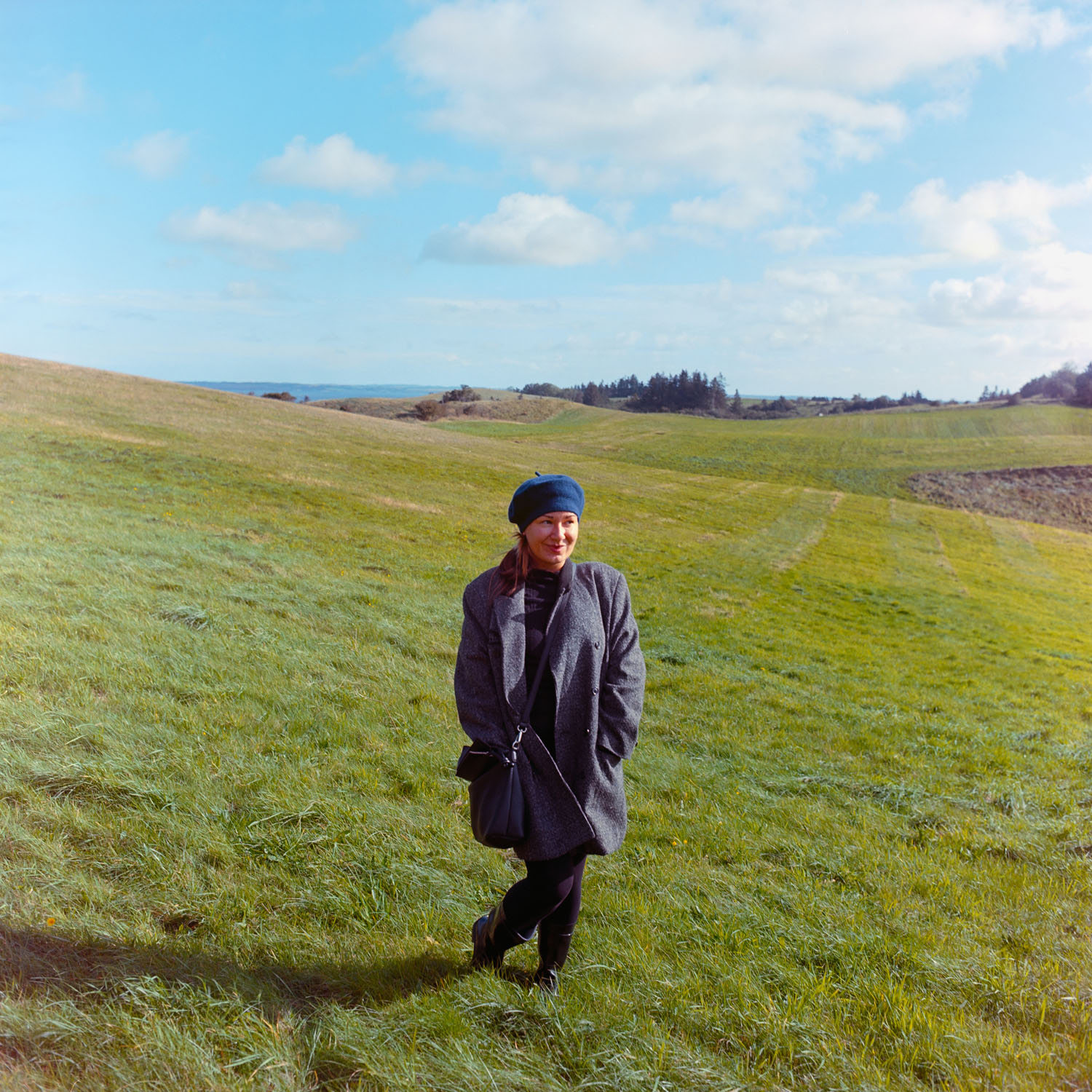
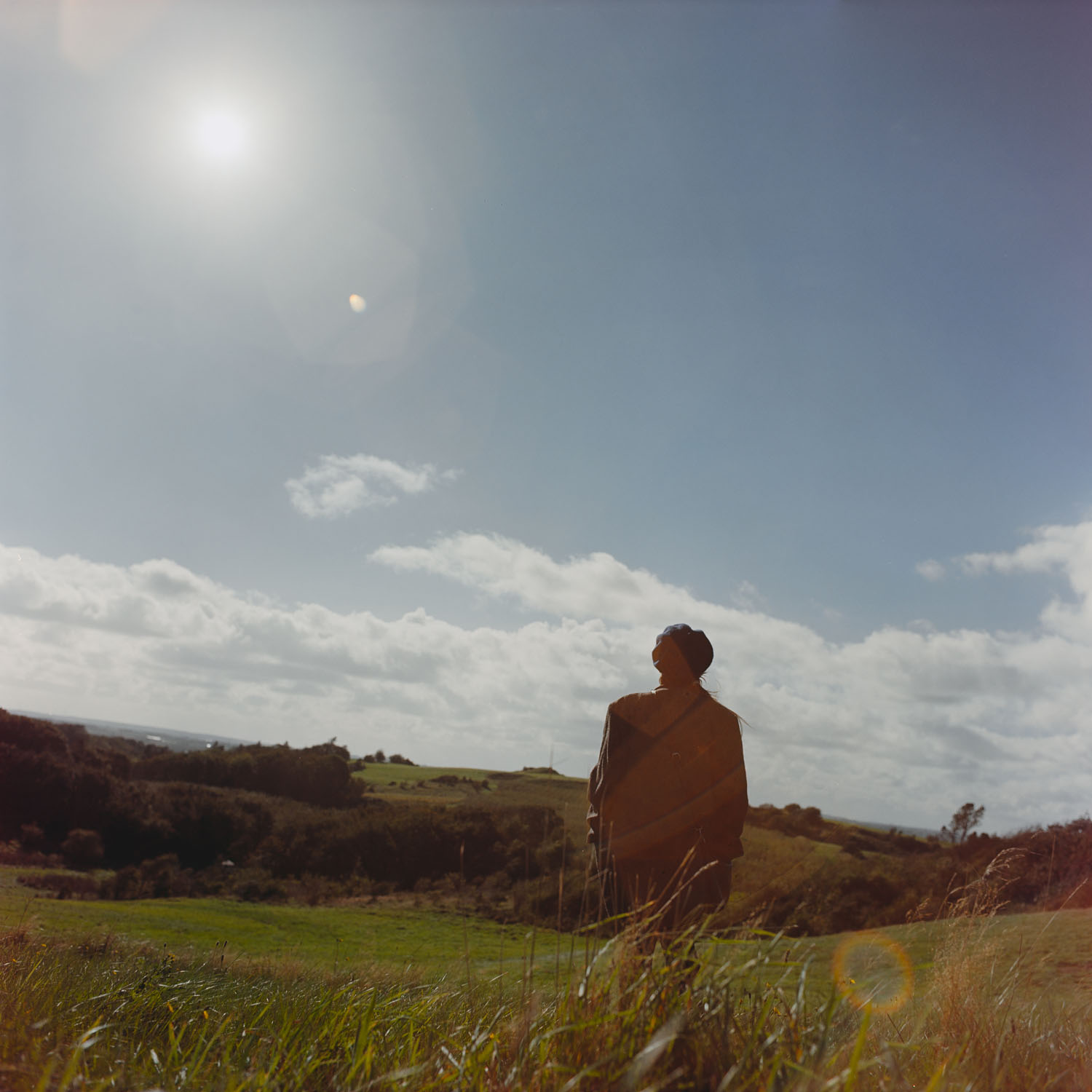
On the bright side, you don’t have to worry about mirror slap, which is a problem in SLRs like Pentax 67 or Mamiya RB67 (mitigated by mirror lock mechanisms). You are able to comfortably take handheld photos at 1/30. Furthermore, the leaf shutter is very silent, which is certainly beneficial in street photography.
Downside is parallax error – the closer you are to the subject, the difference between the viewfinder and the actual photo will be bigger as your lenses are not aligned vertically. This is a pain especially in Mamiya C series, because of the bellows system you can get a very small focusing distance (you can even do macro photography). You have some indication on the viewfinder how much of a frame is going to be cut, so you need to either live with it or use it on a tripod accessory called paramender. An additional “feature” is the horizontal inversion of the frame in the viewfinder, but to be honest, after 2 or 3 days, it will become natural, and you will forget about it.
Before we get to the lenses and usage of the camera itself, I am going to give you three advice for which you will thank me later:
- 1. When you press the “shutter bar”, do it to the very end of the range of this bar. Otherwise, you will not be able to rewind the film, and your Mamiya will be locked. How to unlock? That’s a very good question. I usually do something by firing the shutter manually and switching button “roll/sheet”, but it’s frustrating and you are losing one frame. If you work with a tripod – make sure your release cable has a long enough pin as the pin is effectively pressing this bar, so the same thing can happen.
- 2. If you are using flash, keep the time synchronization selector on “X”. This is for modern type thyristor flashes, which fire instantly. If you by mistake move it to the “M” (trust me, it is very likely to happen when you change aperture and shutter time) – your shutter will be delayed 30ms as this is the setting for very old flashes that need this time to get full power. Congratulations, you just got nothing out of your Portra 400 roll. I heard some stories about people glueing this selector at the “X” position, which is a really good idea if you are not planning to sell your lenses.
- 3. Buy a wide and comfortable stripe to carry this camera on your neck as this camera weights over 2kg (depending on the lens you are using – with 180 or 250mm is more)
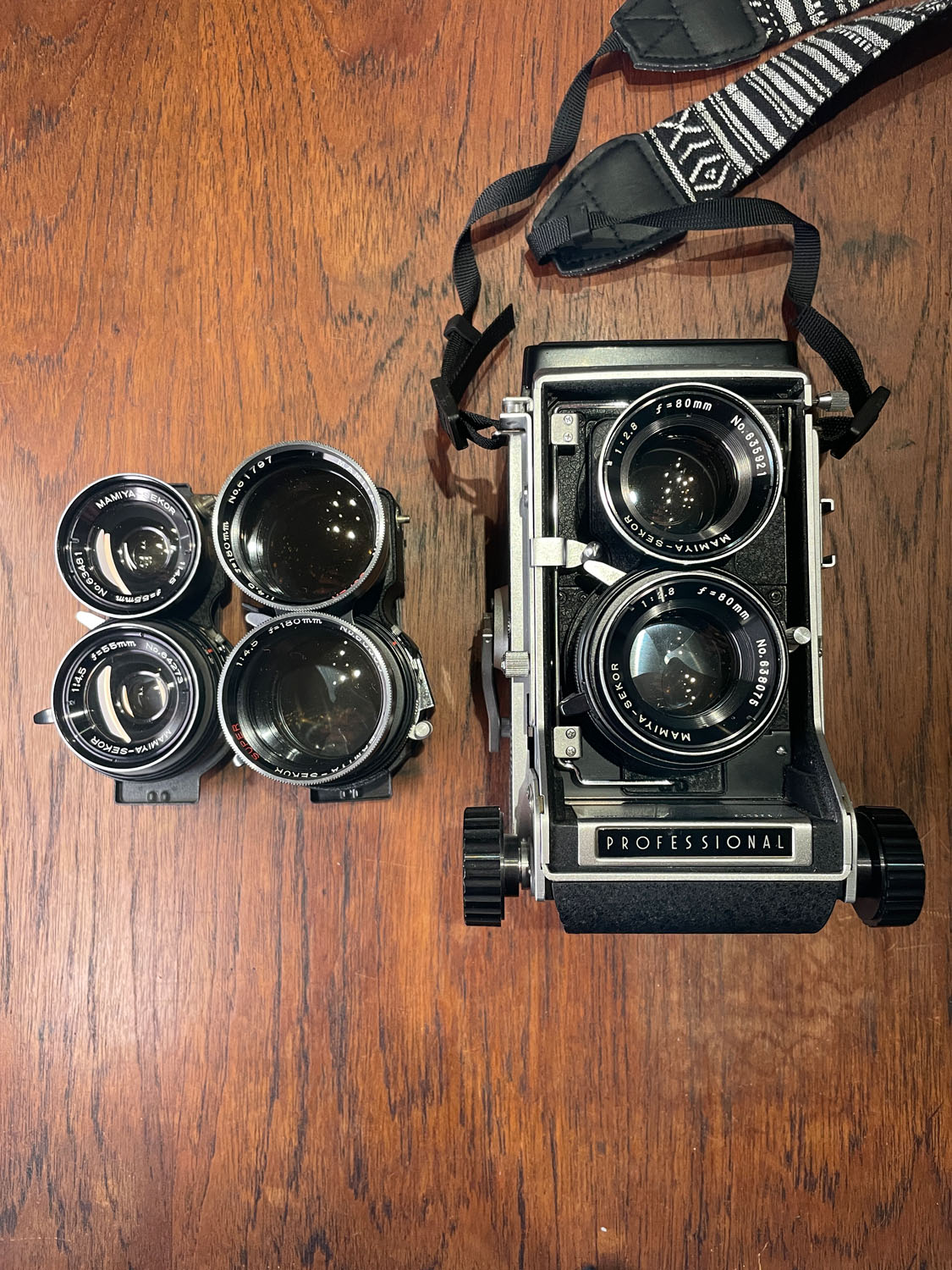
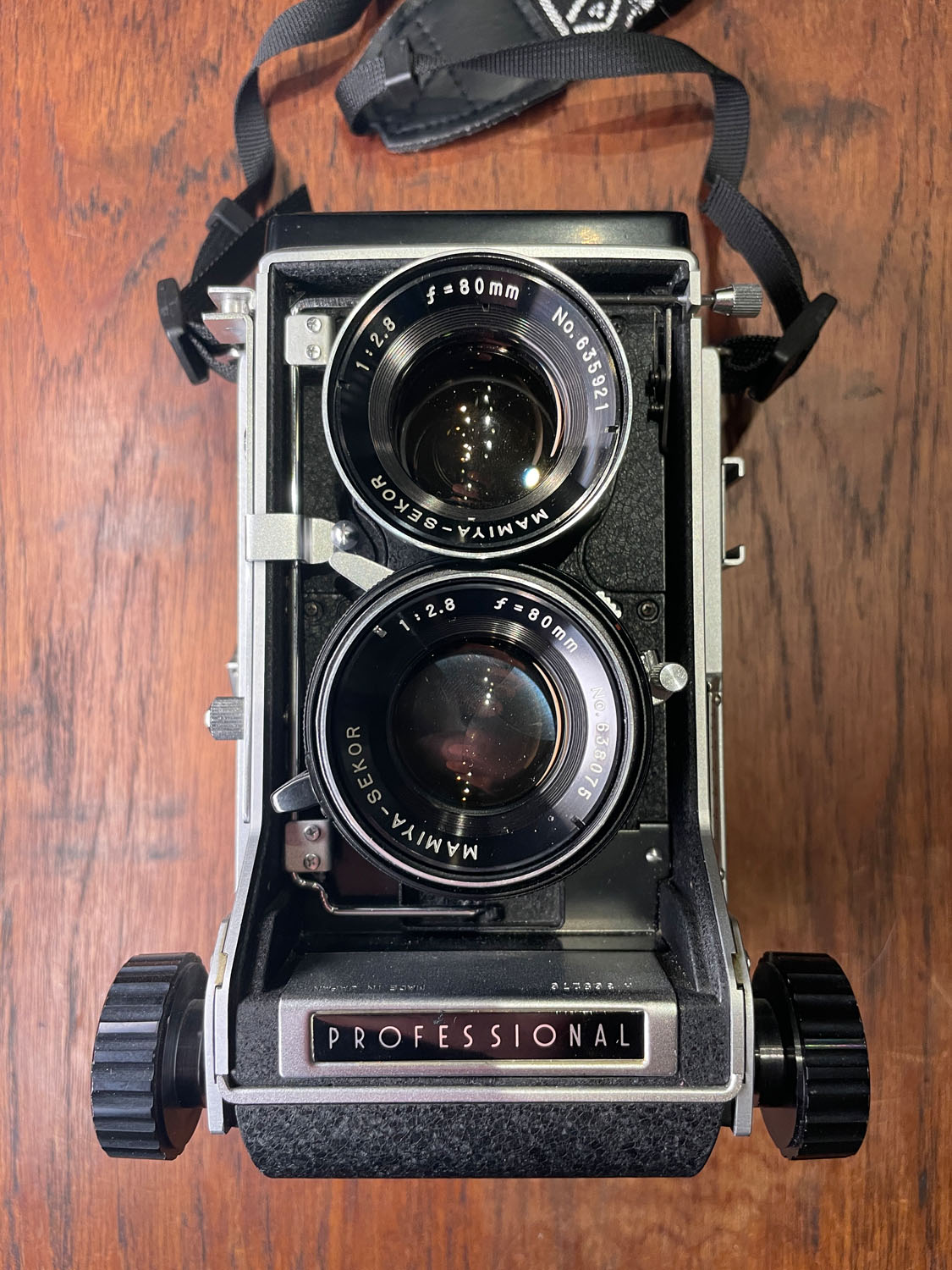
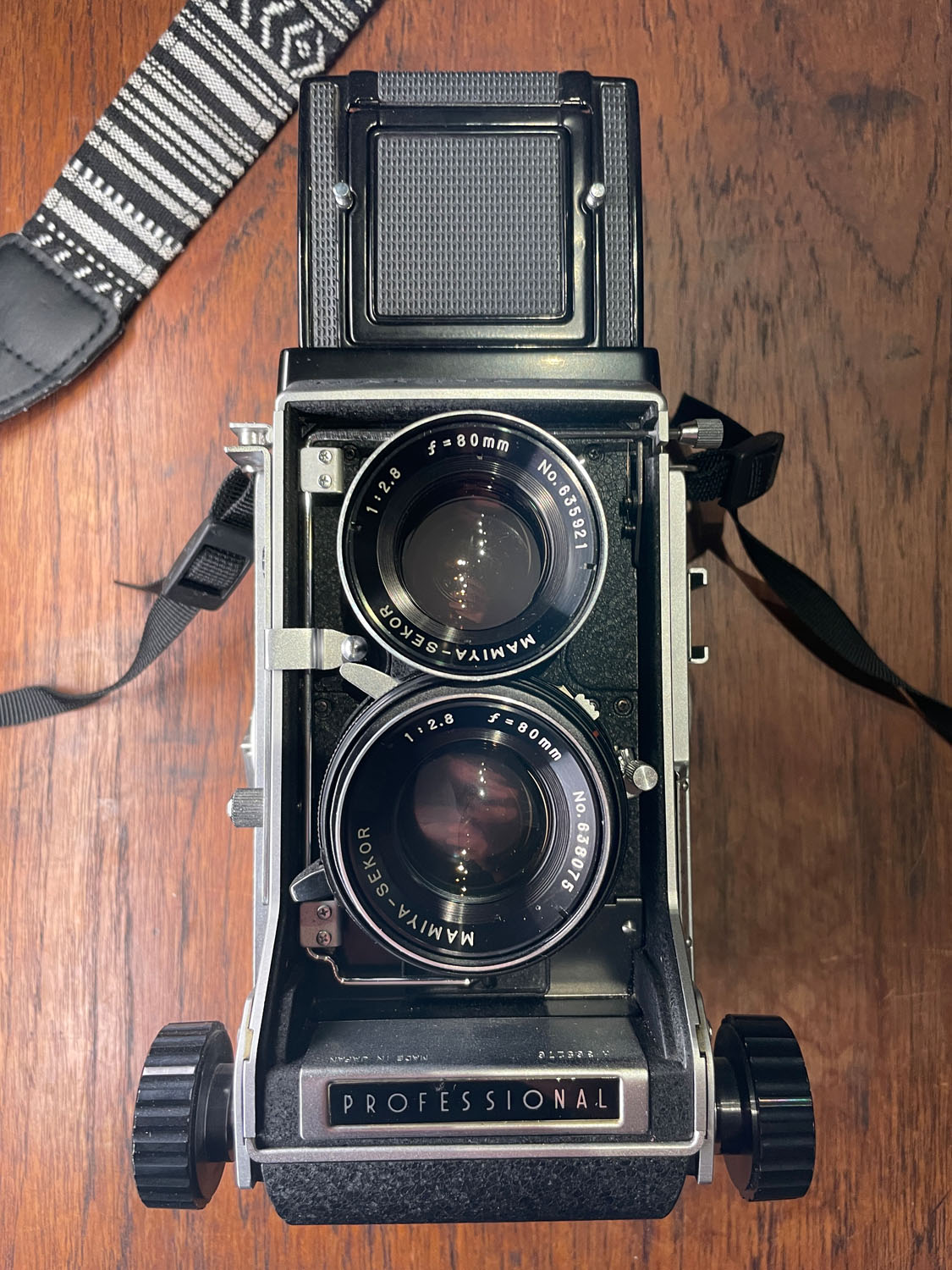
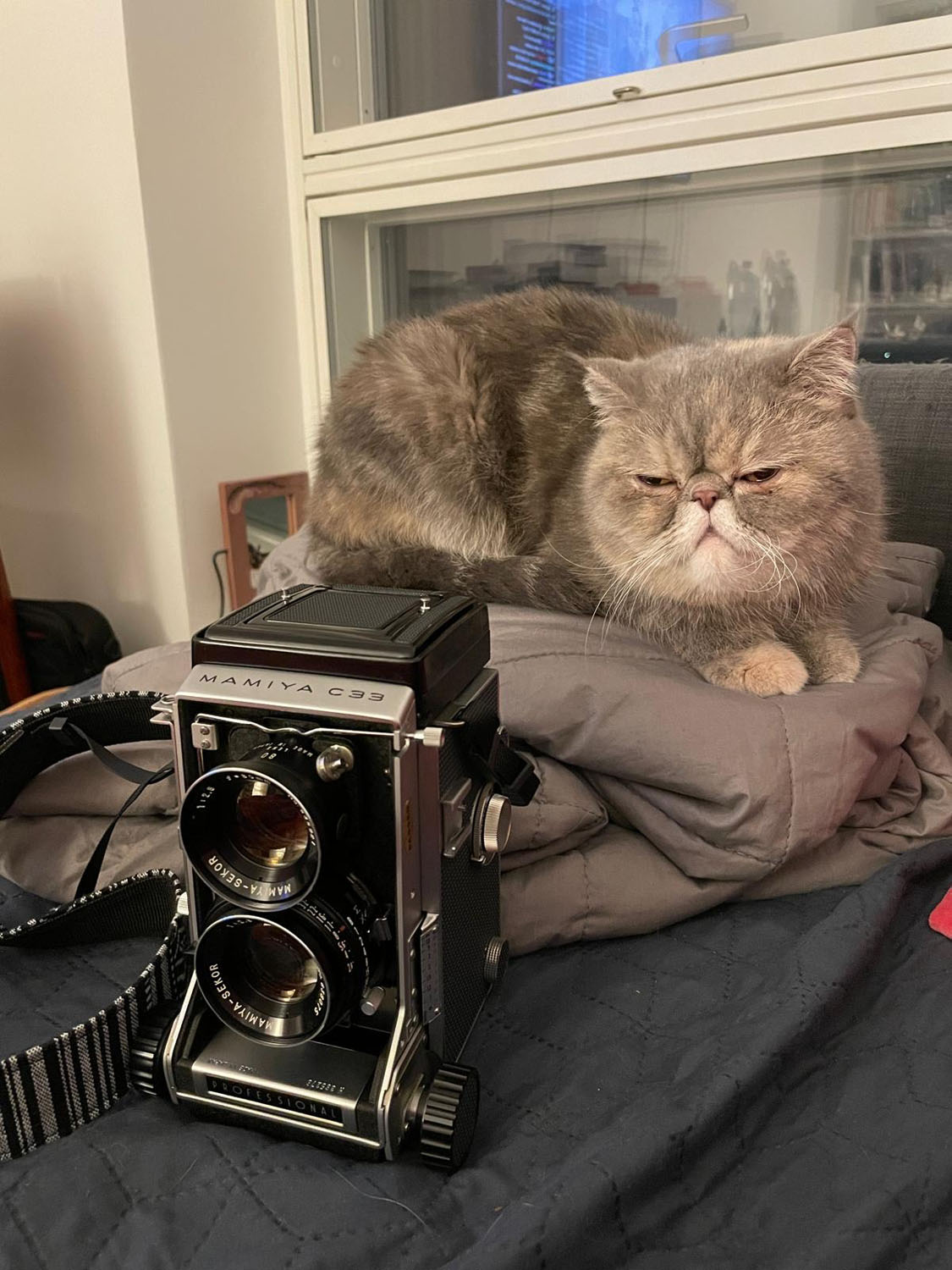
Unique feature in Mamiya TLRs is interchangeable lenses. You can find in the portfolio lenses like:
- 55mm f4.5 wide angle
- 65mm f3.5 wide angle
- 80mm f2.8 normal lens (there is some old f3.7 version too)
- 105mm f3.5 normal lens
- 135mm f4.5 normal lens
- 180mm f4.5 telephoto
- 250mm f.6.3 telephoto
You can find a lot of online resources about each of them – I will just mention that those lenses have 3 main generations:
- Seikosha shutter (chrome ring around lower lens), which is the oldest one. Additionally, you cannot use 180mm from this generation on older bodies (C33, C330). Highest shutter speed is 1/400s.
- Seiko shutter (black lens) – contains redesigned version of 180mm and a new shutter with highest speed 1/500s.
- “Blue dot” – the newest release with blue dot on cocking leaver. In general, the best lenses with newest coating.
Normally, you should avoid those Seikosha lenses as they are pretty much irreparable, but they are also the cheapest ones you will find. My Mamiya came with an 80mm 2.8 second generation lens, which is your standard 50-ish lens If you compare it to the 35mm equivalent ~43mm (crop factor for 6×6 is 0.55). This is a really good lens. Later I bought the last version of 180mm “Sekor Super” and the latest acquisition was 55mm (second generation). All those 3 lenses are stellar performers. A good recommendation is to start with 80mm (maybe 105mm if you prefer this one for some reason), and then after some time, you will know what exactly you need for your work. I can recommend 55mm – it is my favorite lens, and I absolutely love it. I don’t use 180mm that much on a daily basis – don’t get me wrong, it’s a great, sharp as hell lens. It just doesn’t fit my style of portrait.
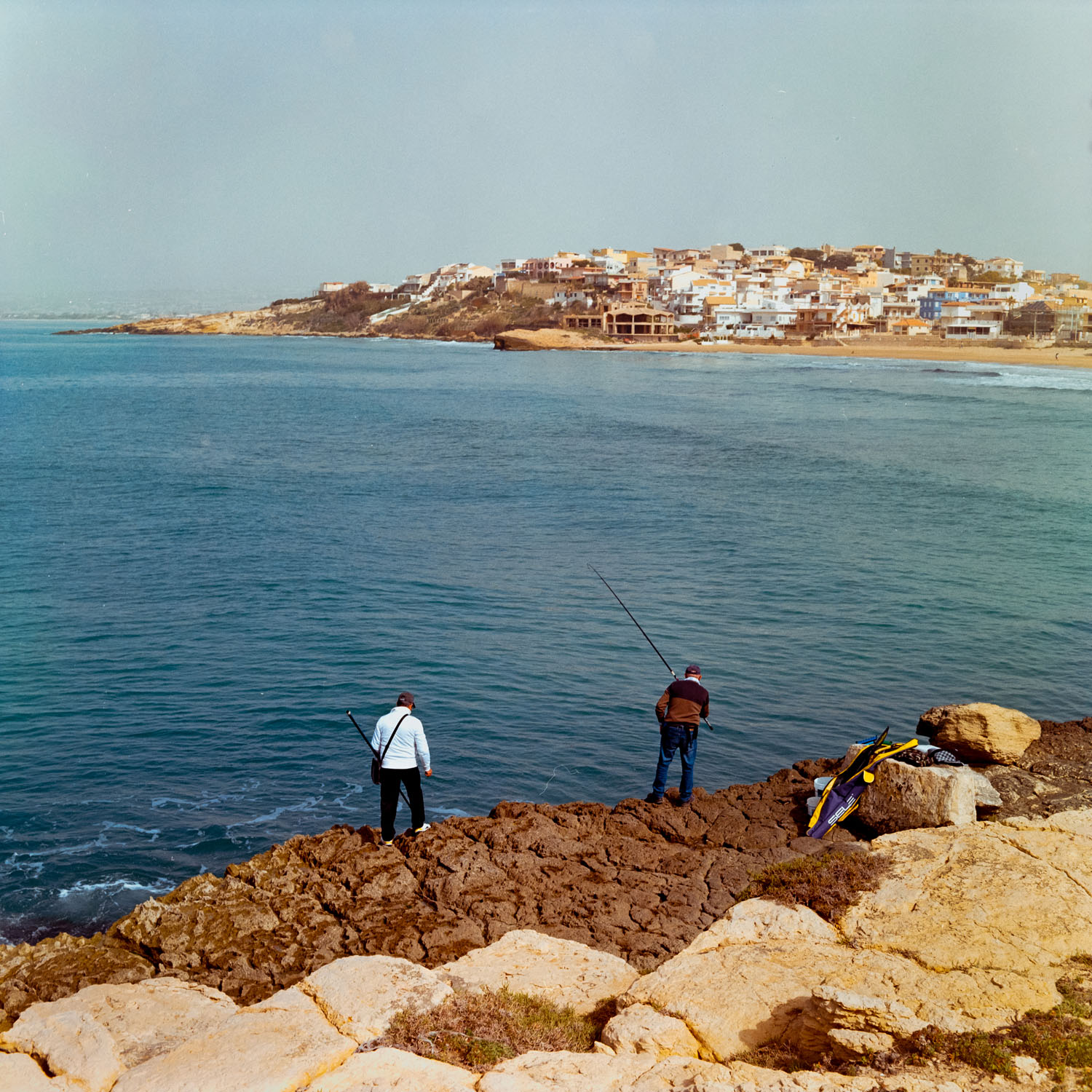
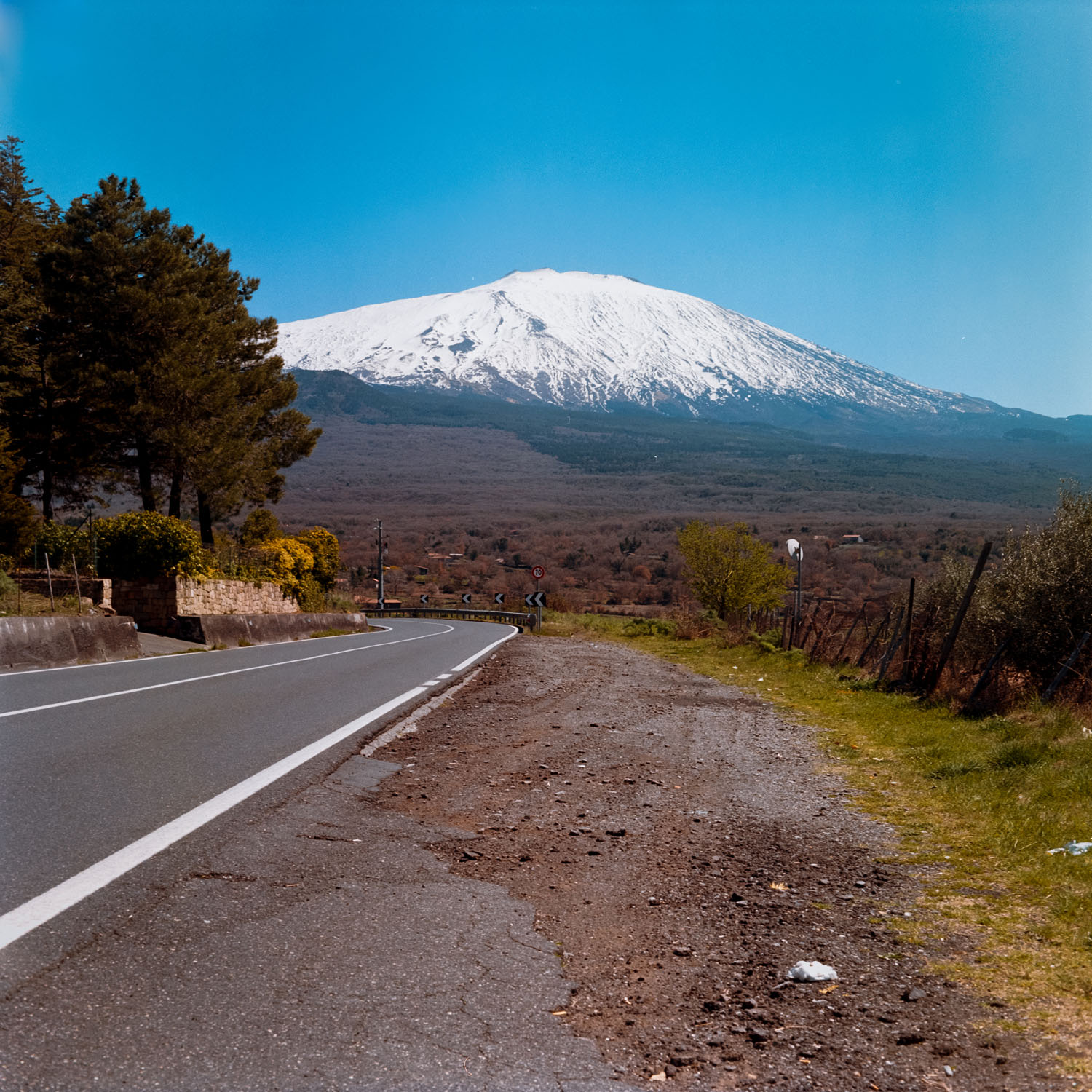
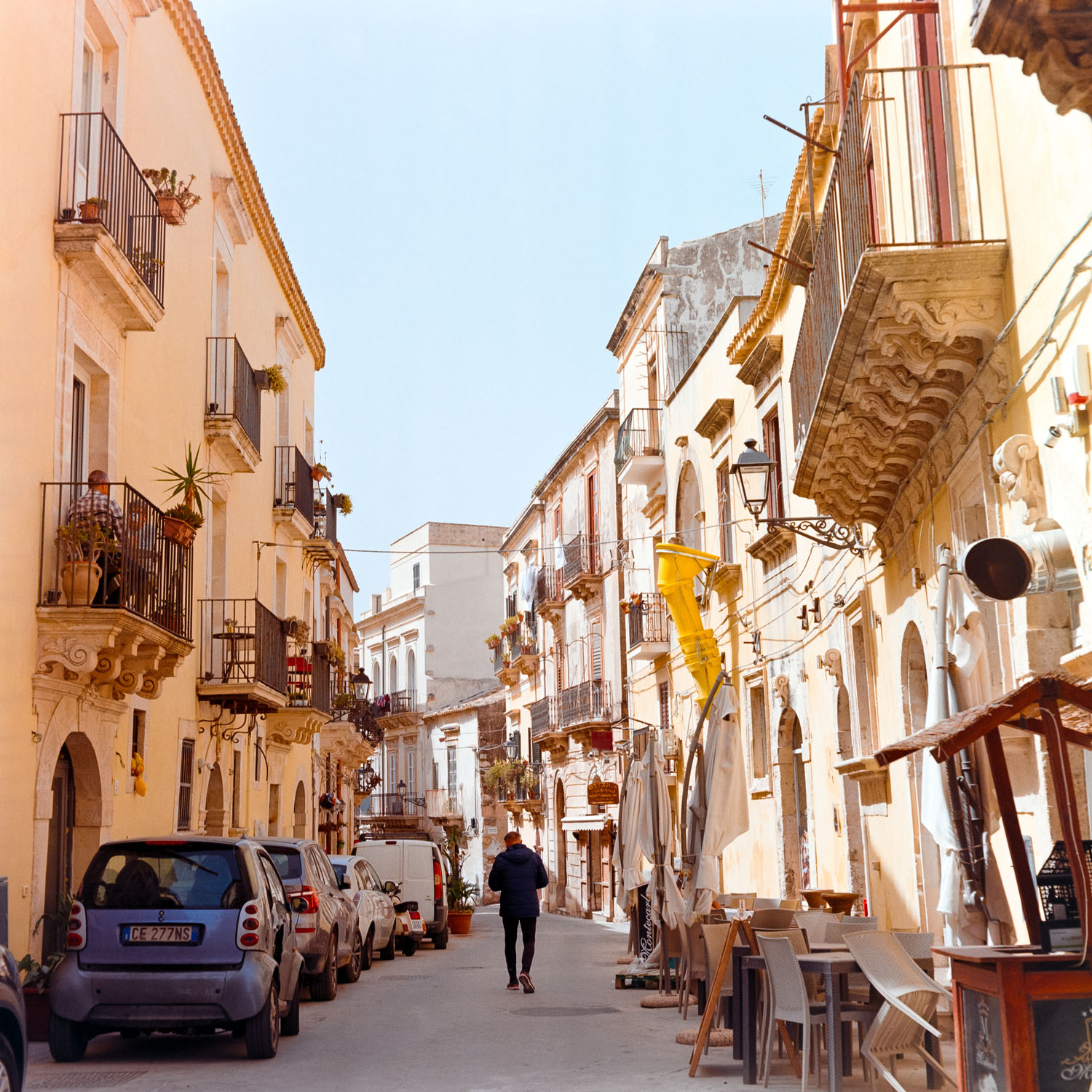
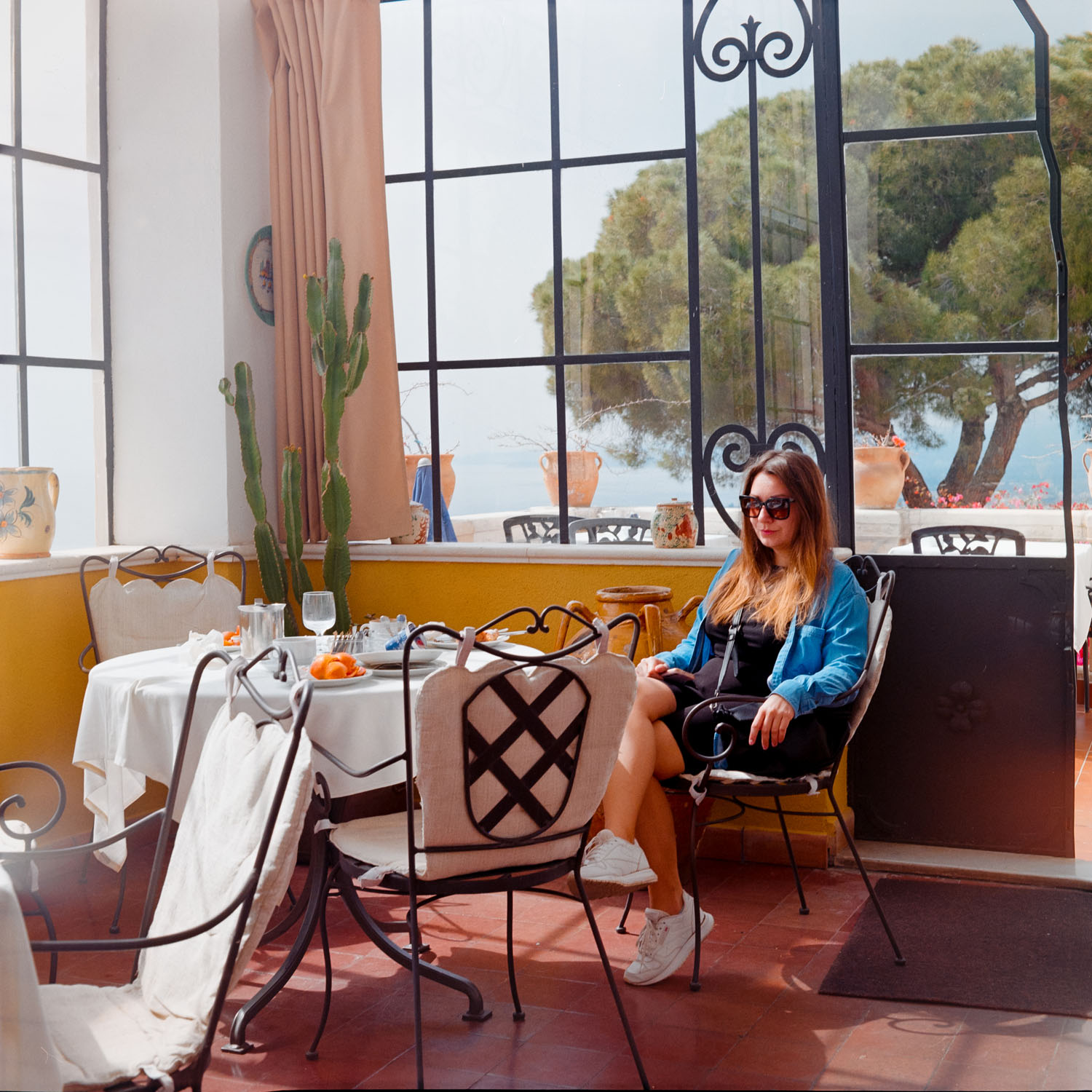
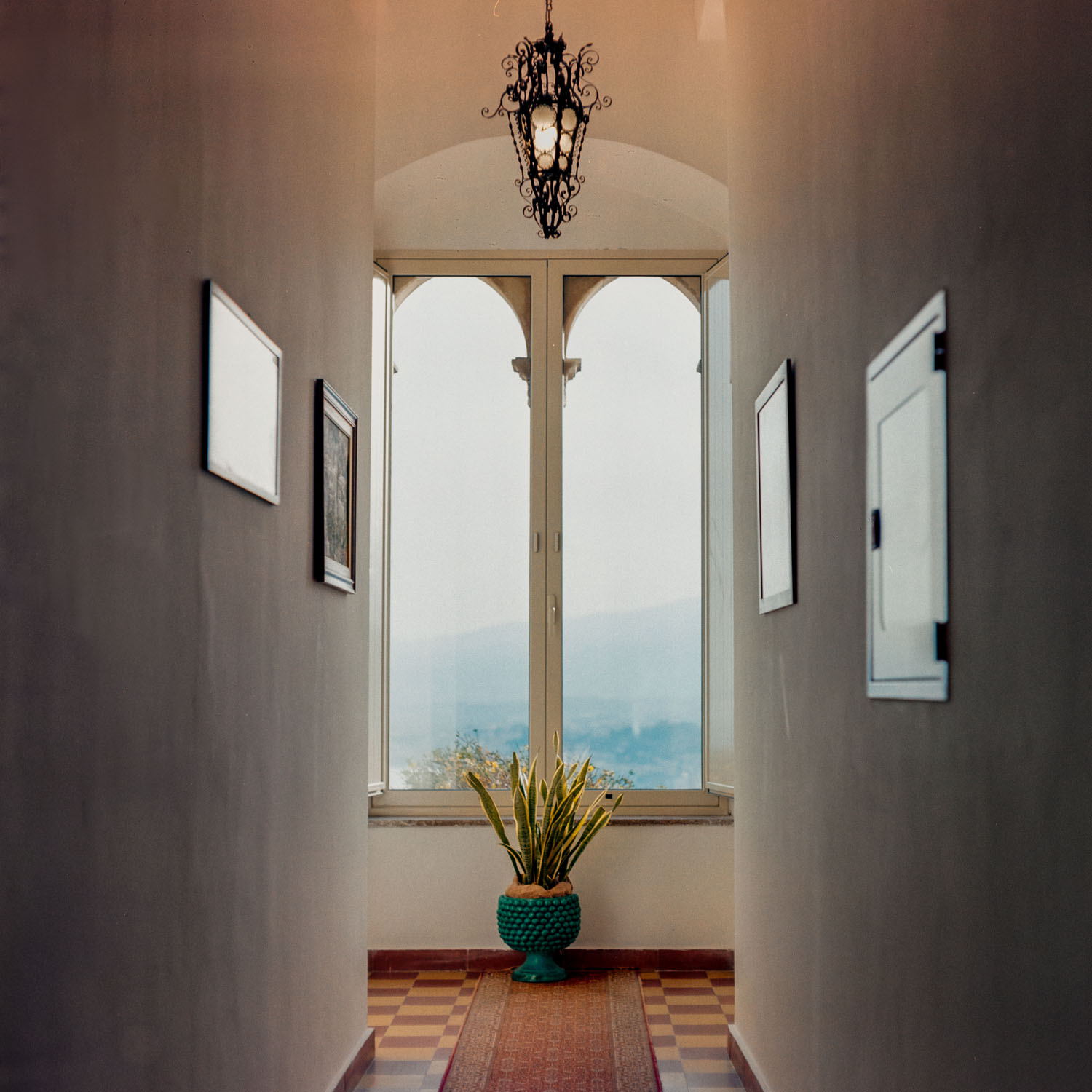
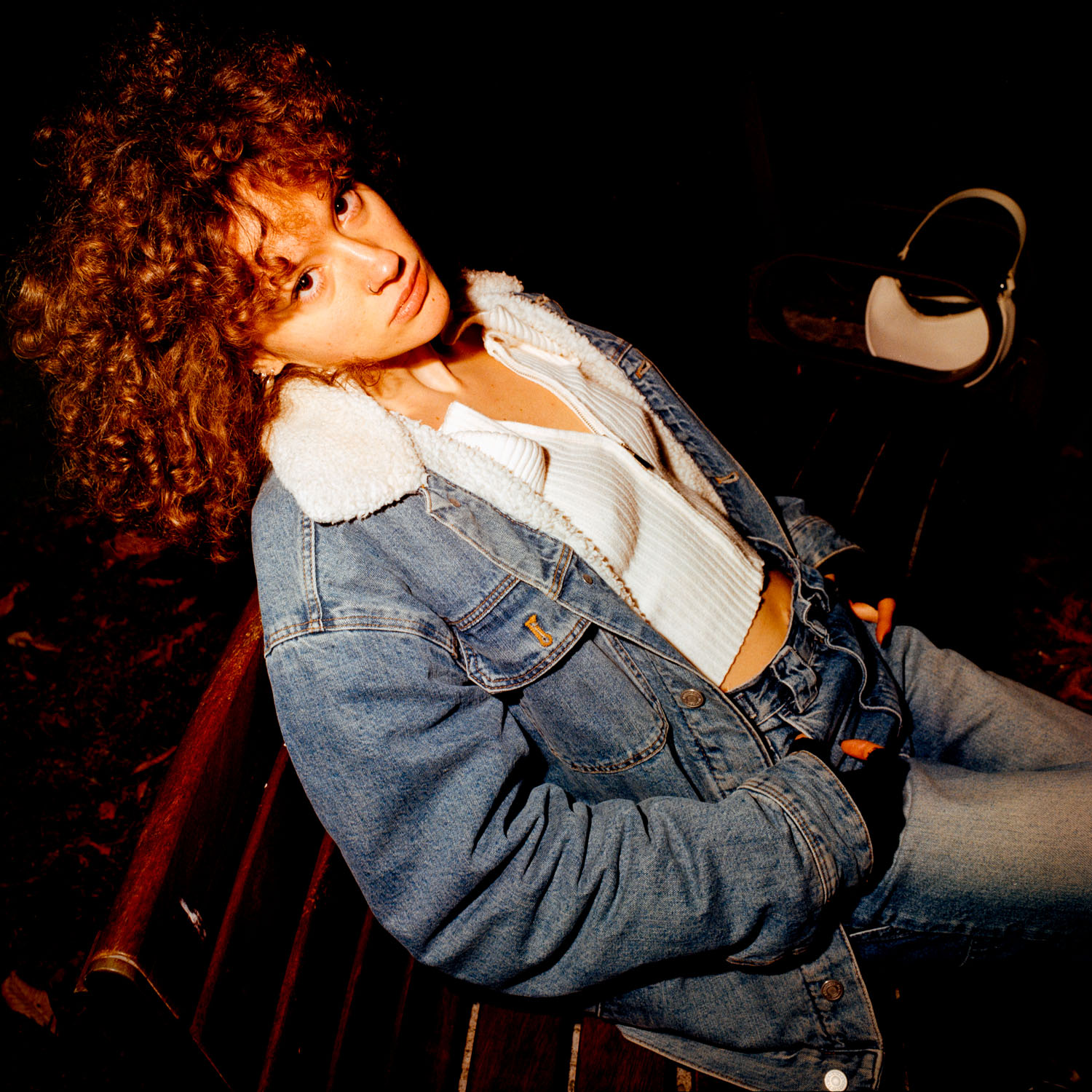
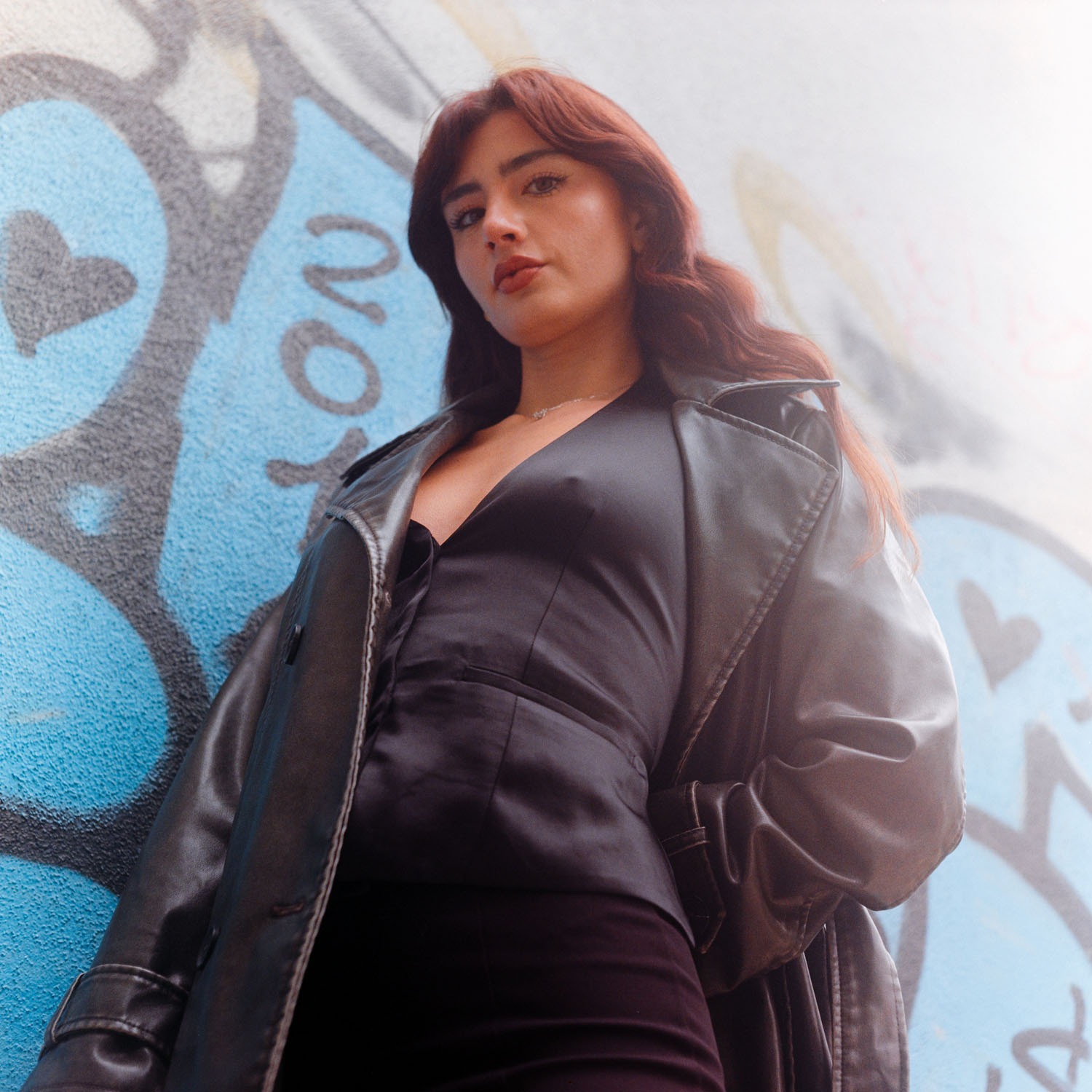
How does it feel to take a photo with the Mamiya C33?
Simply great. It is a very reliable and capable camera. It doesn’t, however, include a light meter – you need to either use some app on your phone (as I do) or a dedicated light meter. Good that film has a lot of latitude, so I generally aim for my phone reading +1 stop to have a little bit more detail in the shadows.
Would I recommend Mamiya C33?
Of course, there are some better options in terms of weight (rangefinders like Mamiya 6 or 7) or terms of image quality (like Rolleiflex 2.8F or Hasselblad 500cm), but those are very expensive options (at least compared to C33). I cannot say anything bad about reliability, ergonomics or image quality in my Mamiya. Relation cost/effect is excellent. For me, the biggest issue is parallax error in portrait work, so I am looking from time to time at the Mamiya RB67, but if you really want to buy TLR and to have flexibility with many different lenses – there is only one option out there. You won’t regret it!
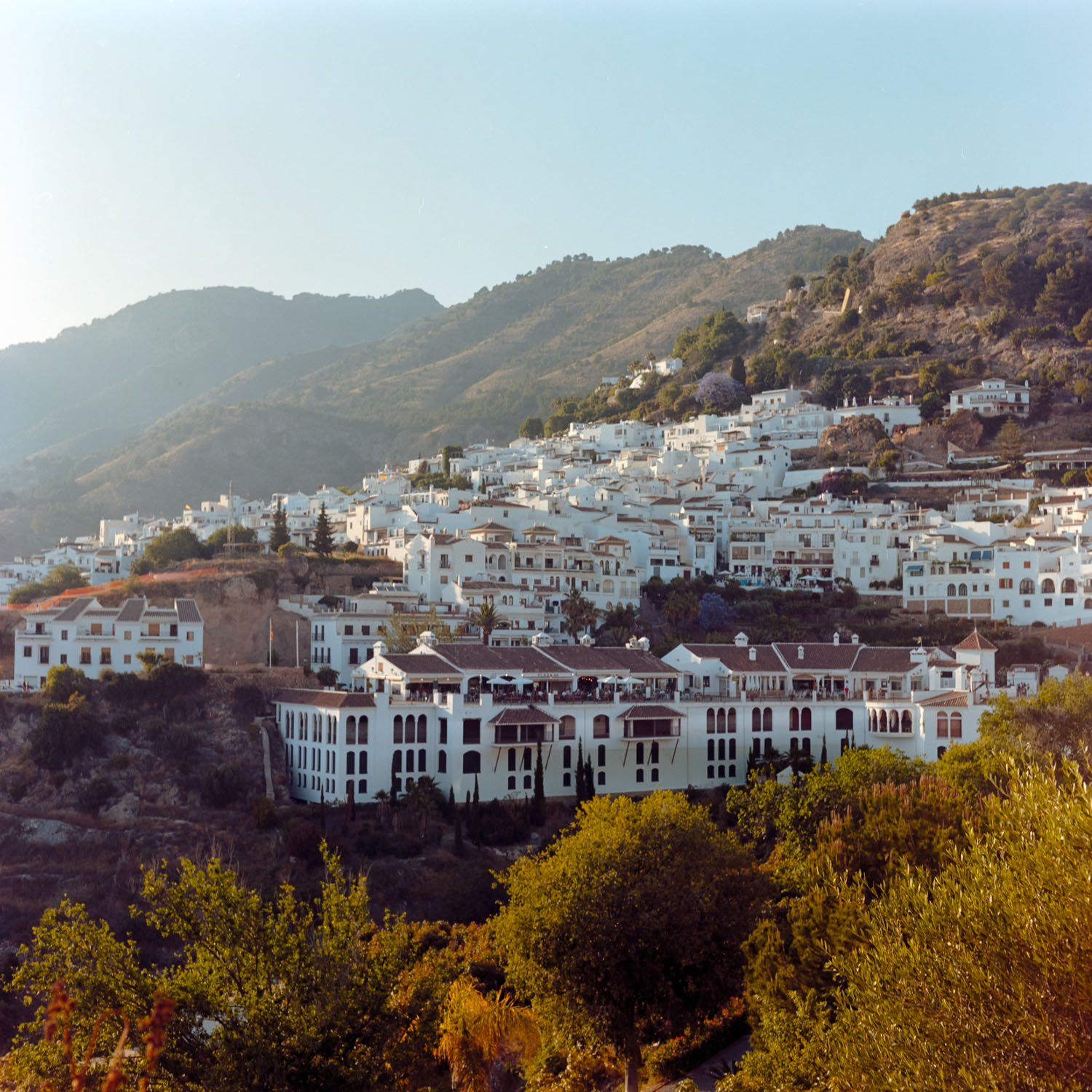
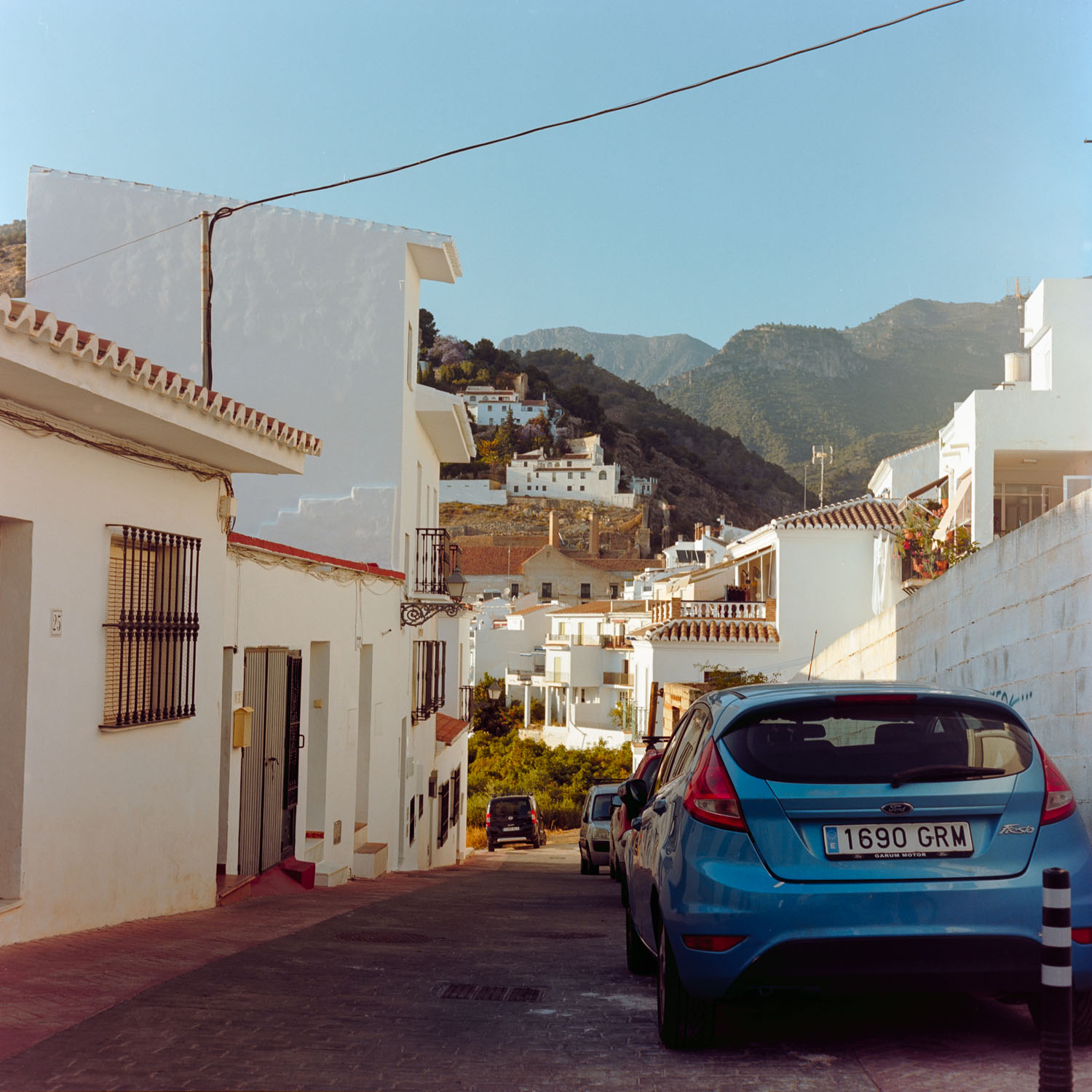
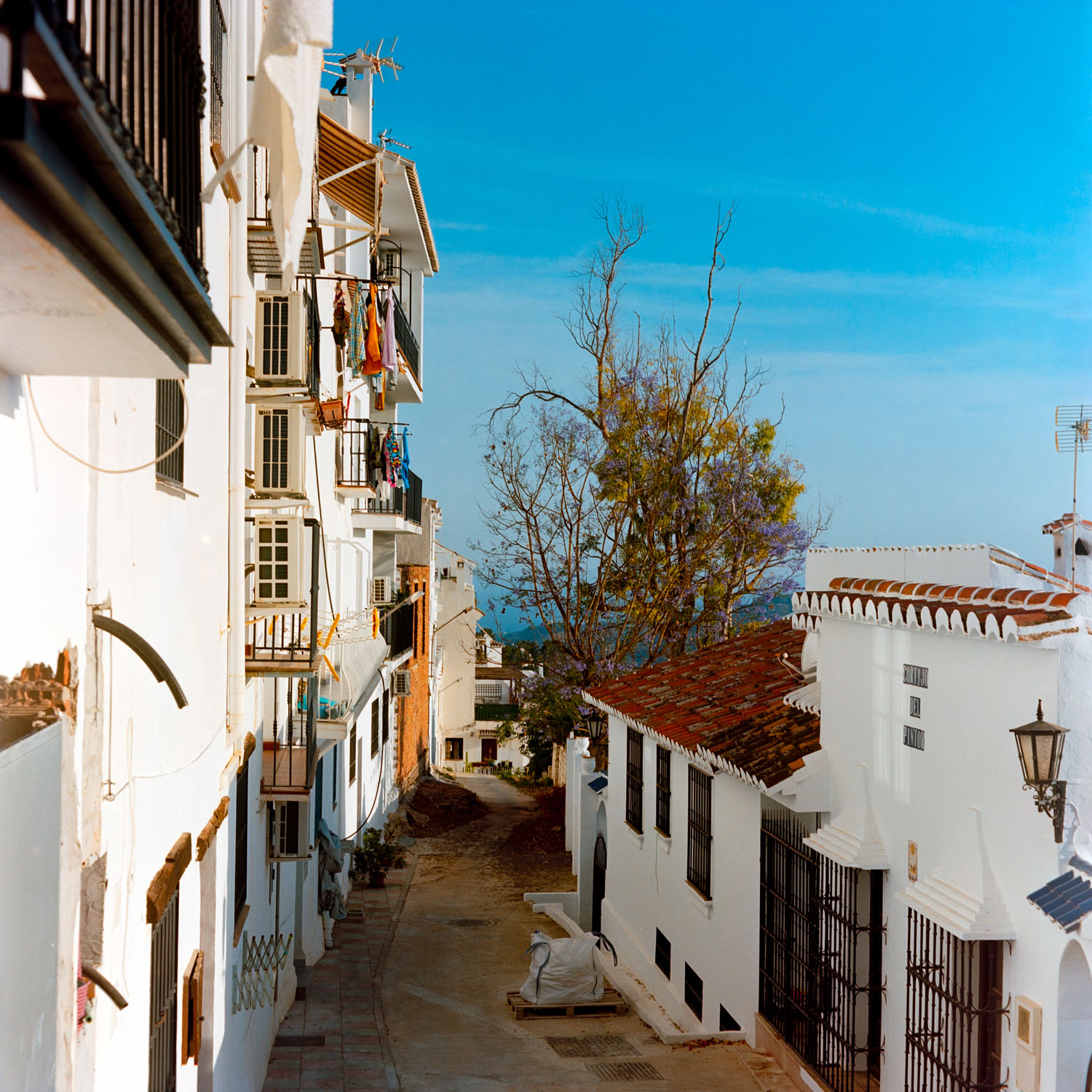
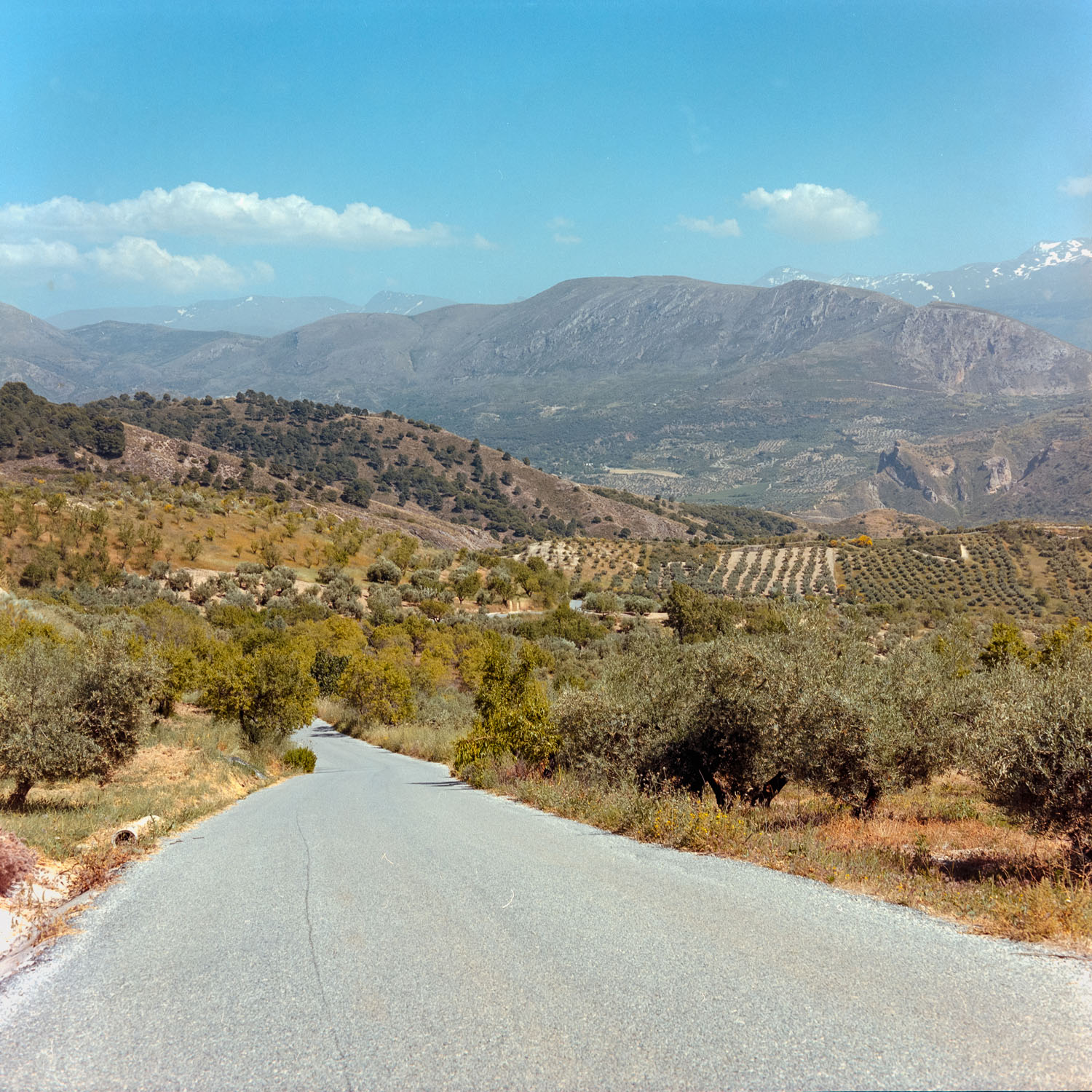
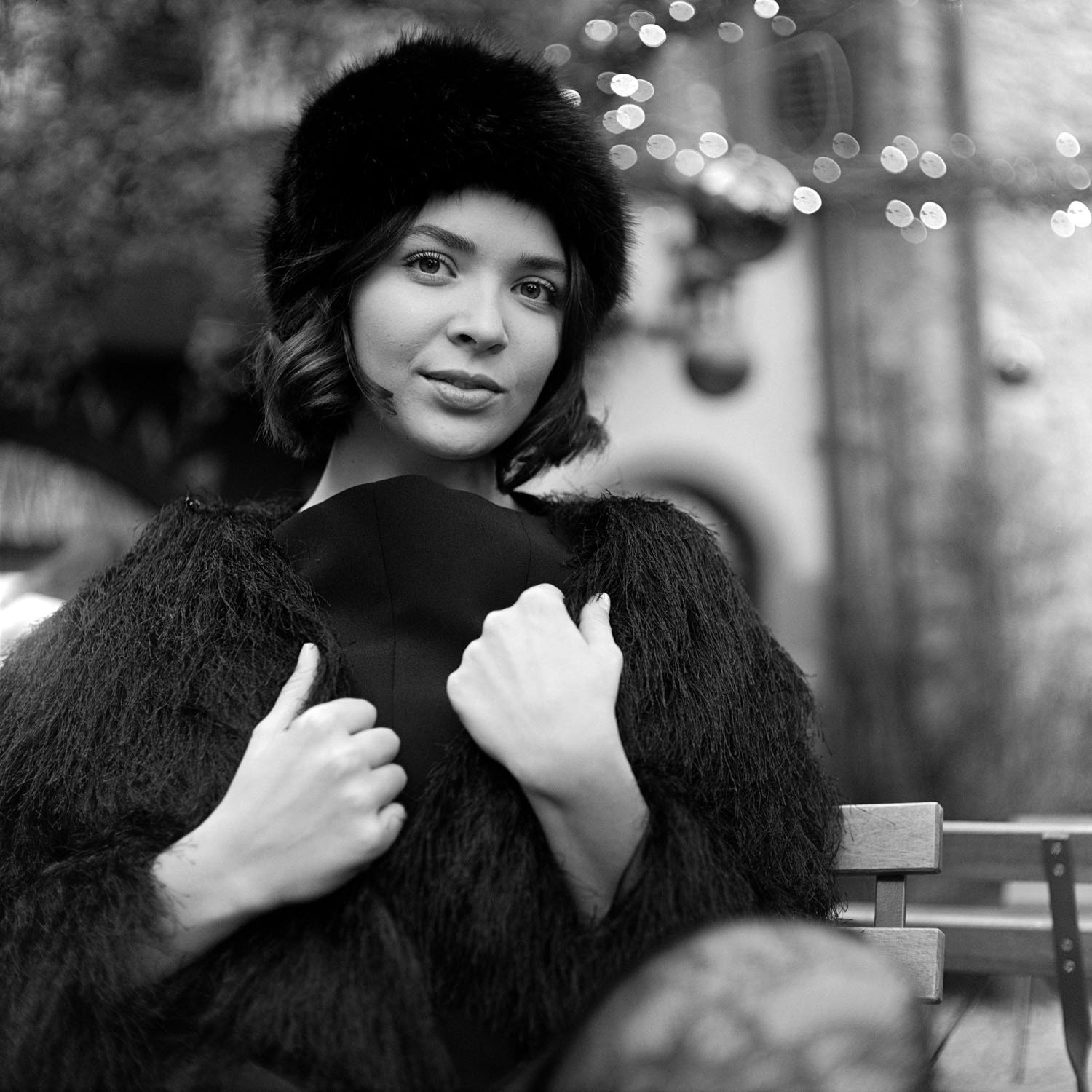
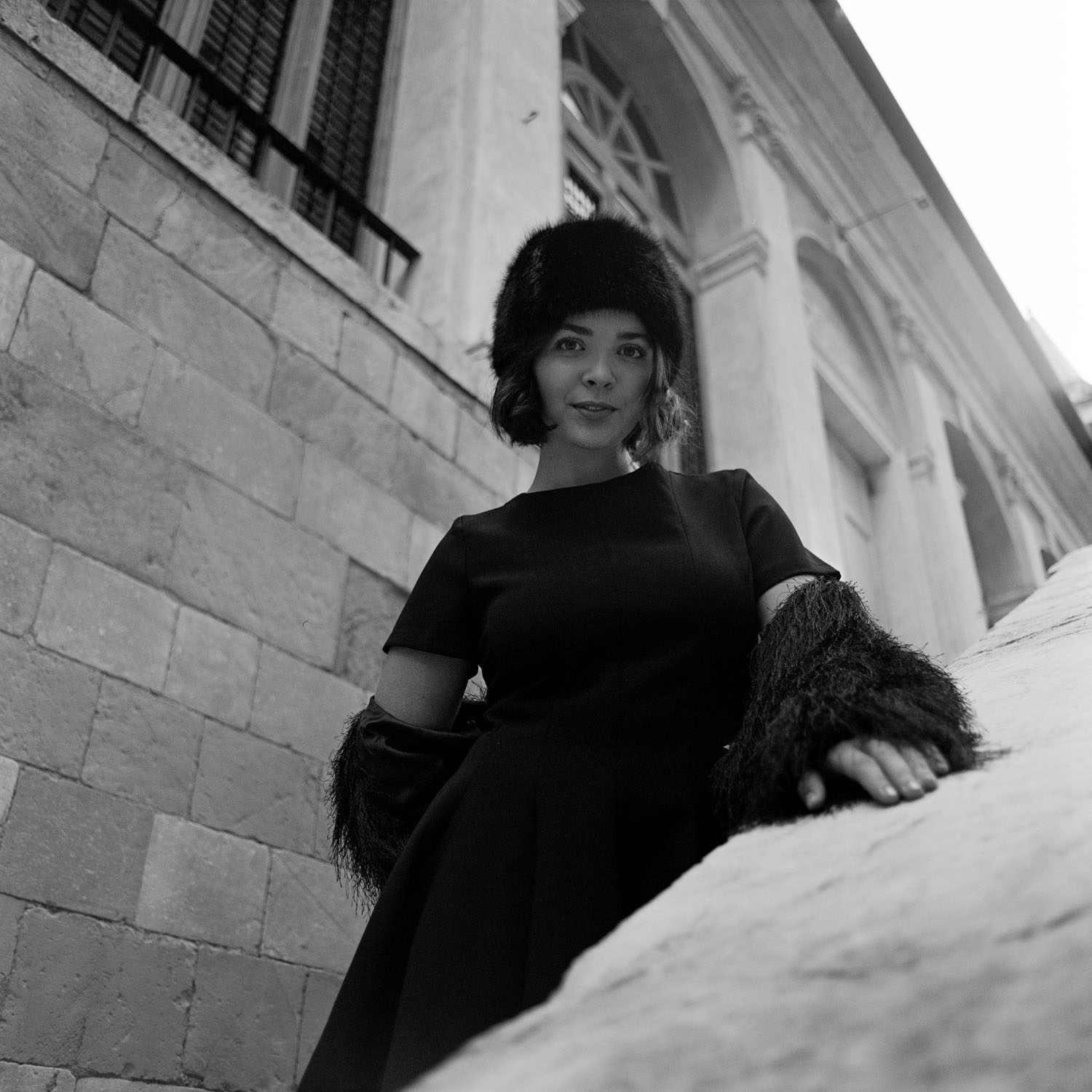
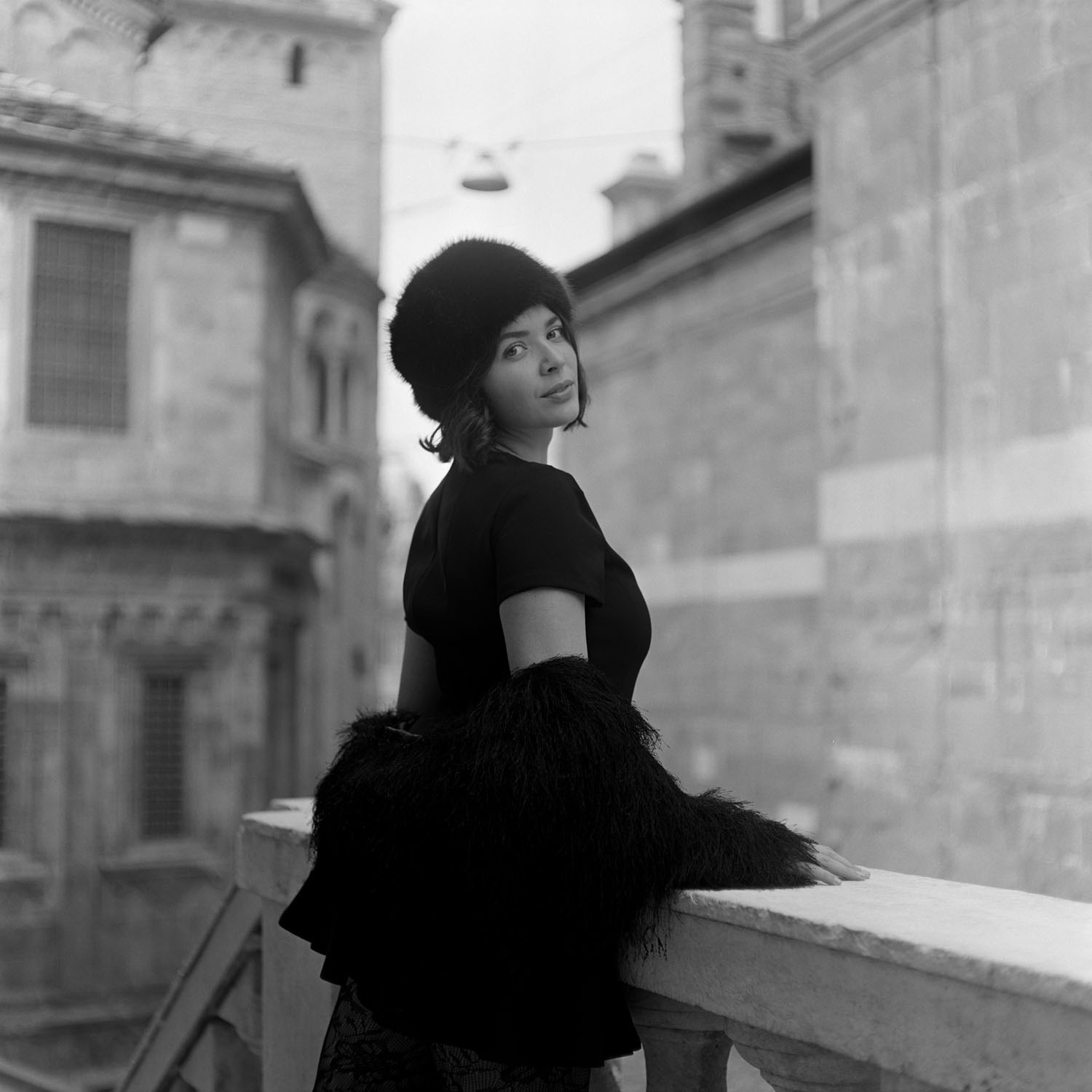
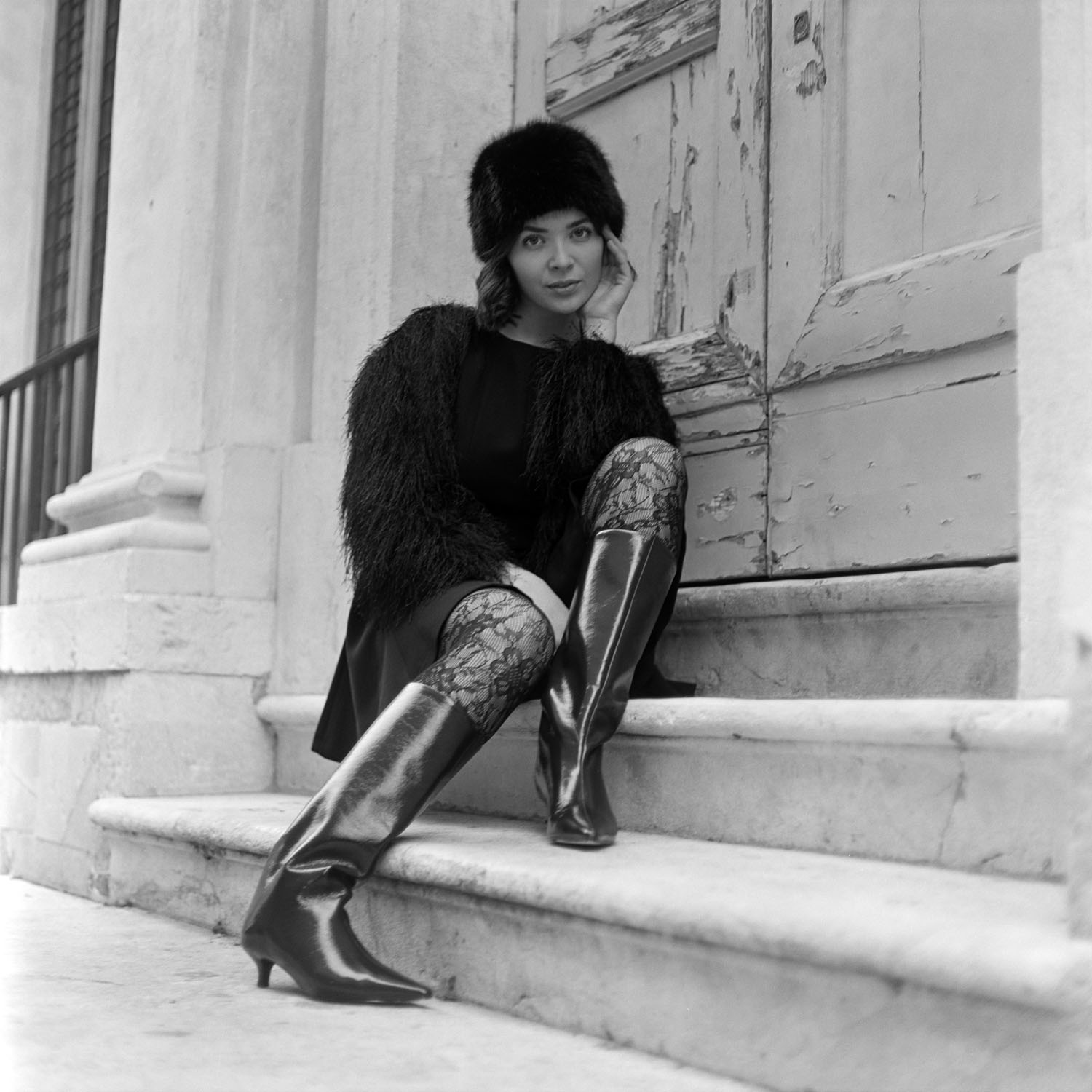
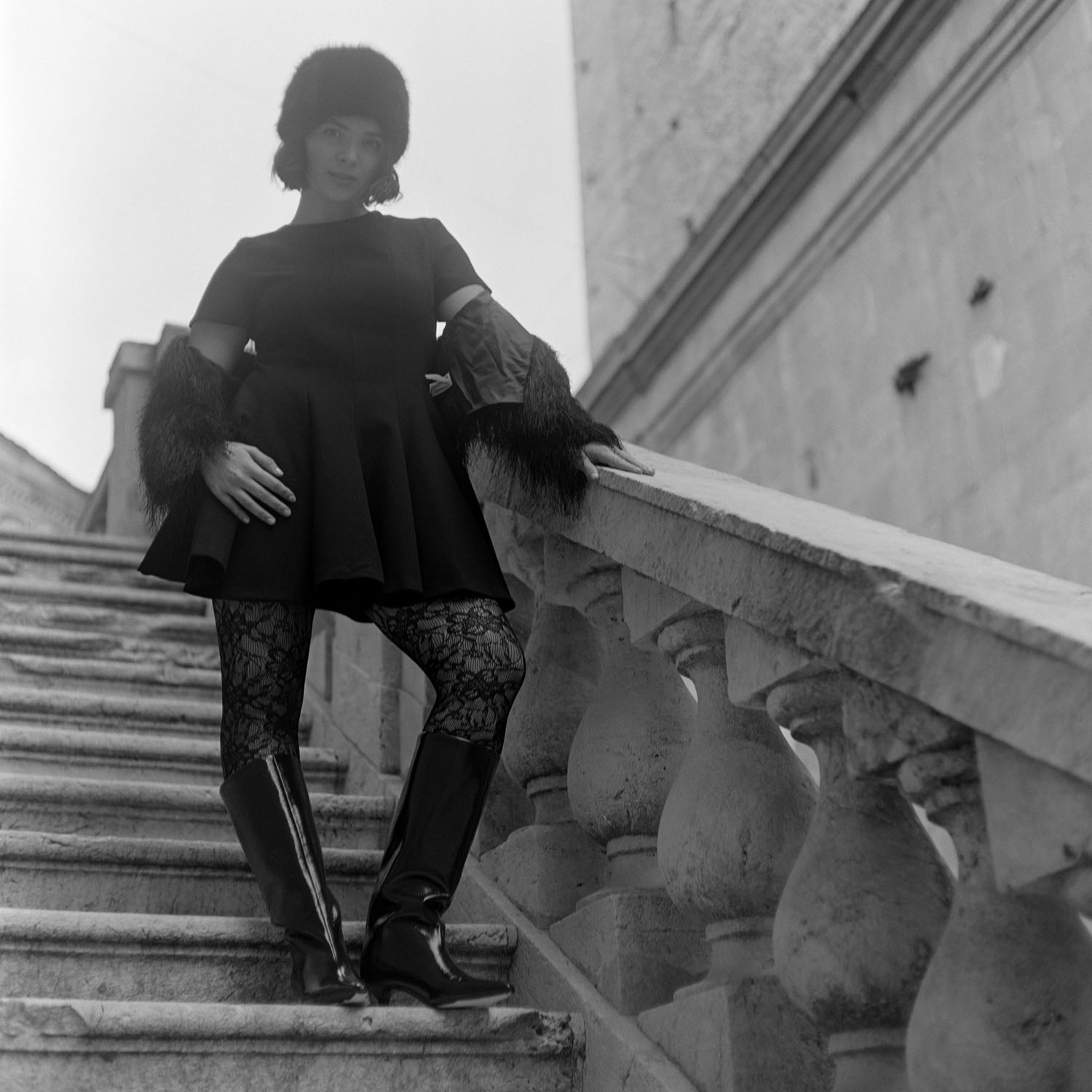
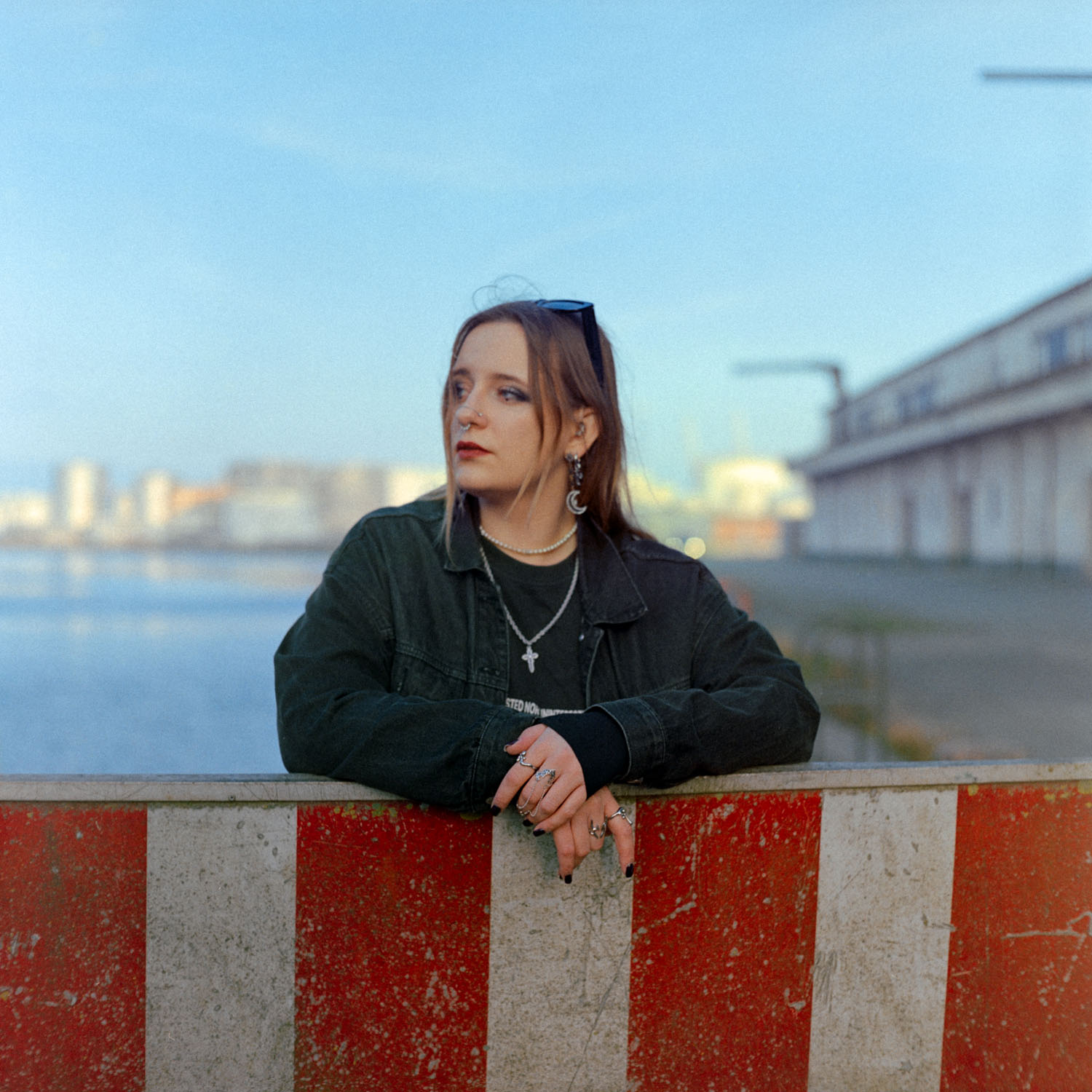
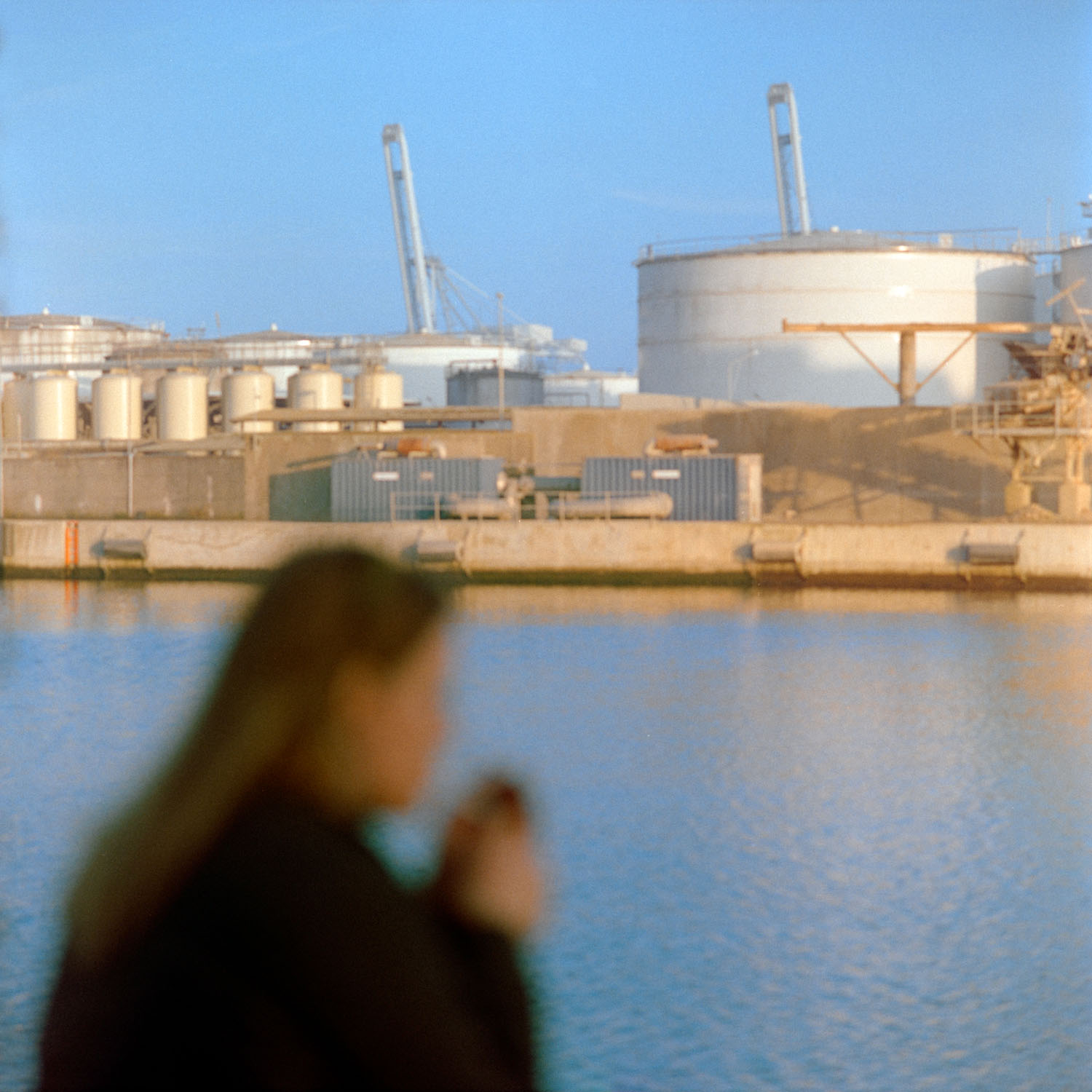
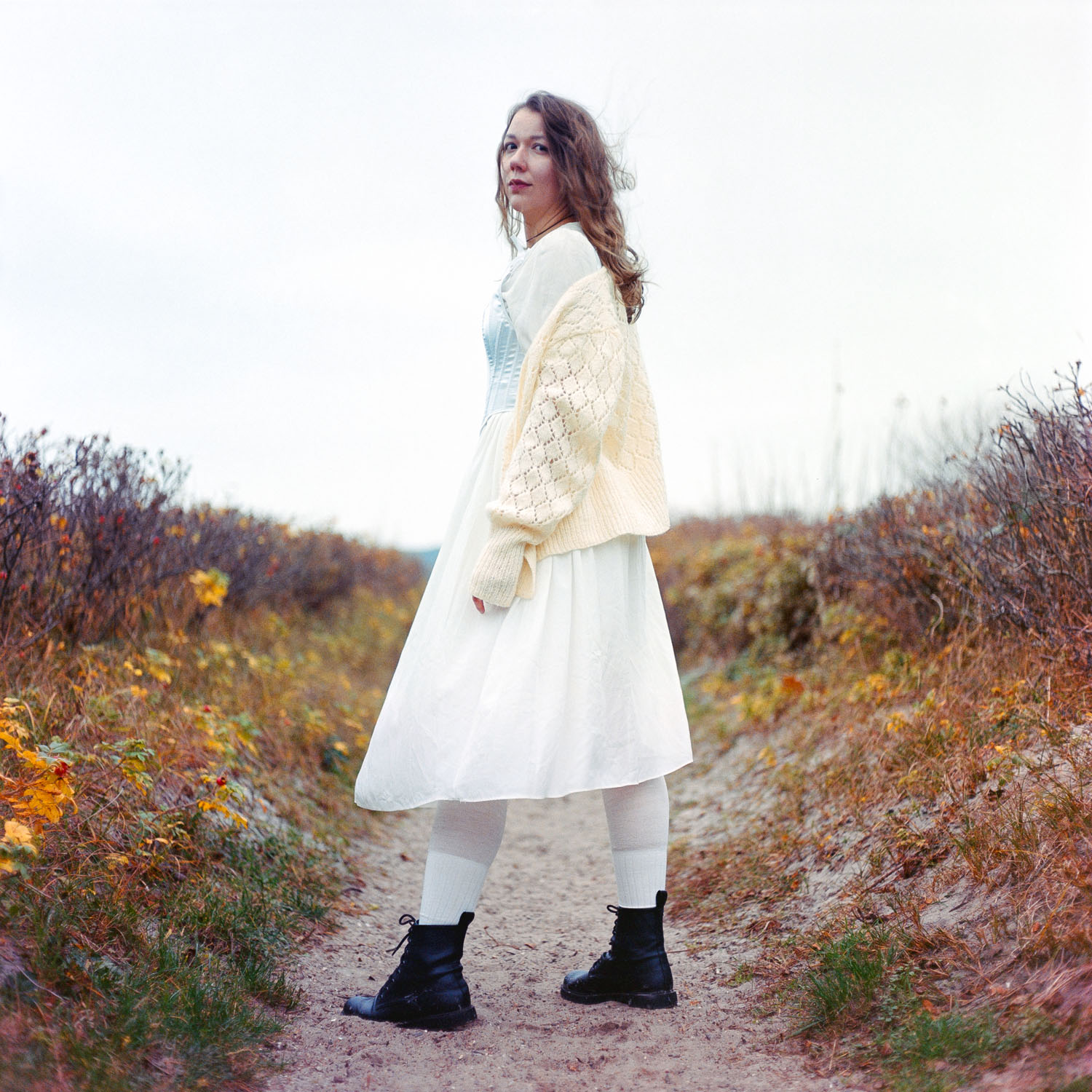
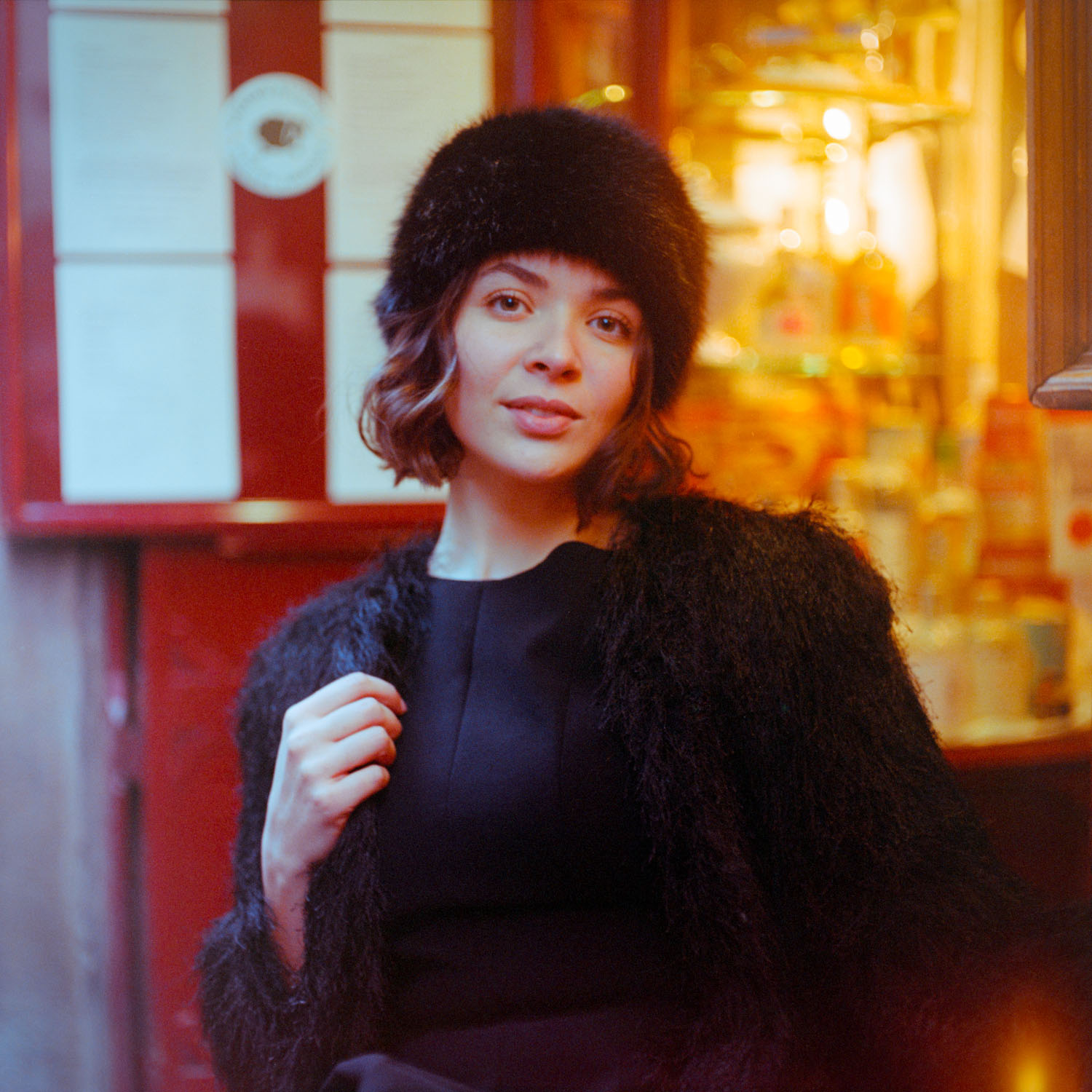
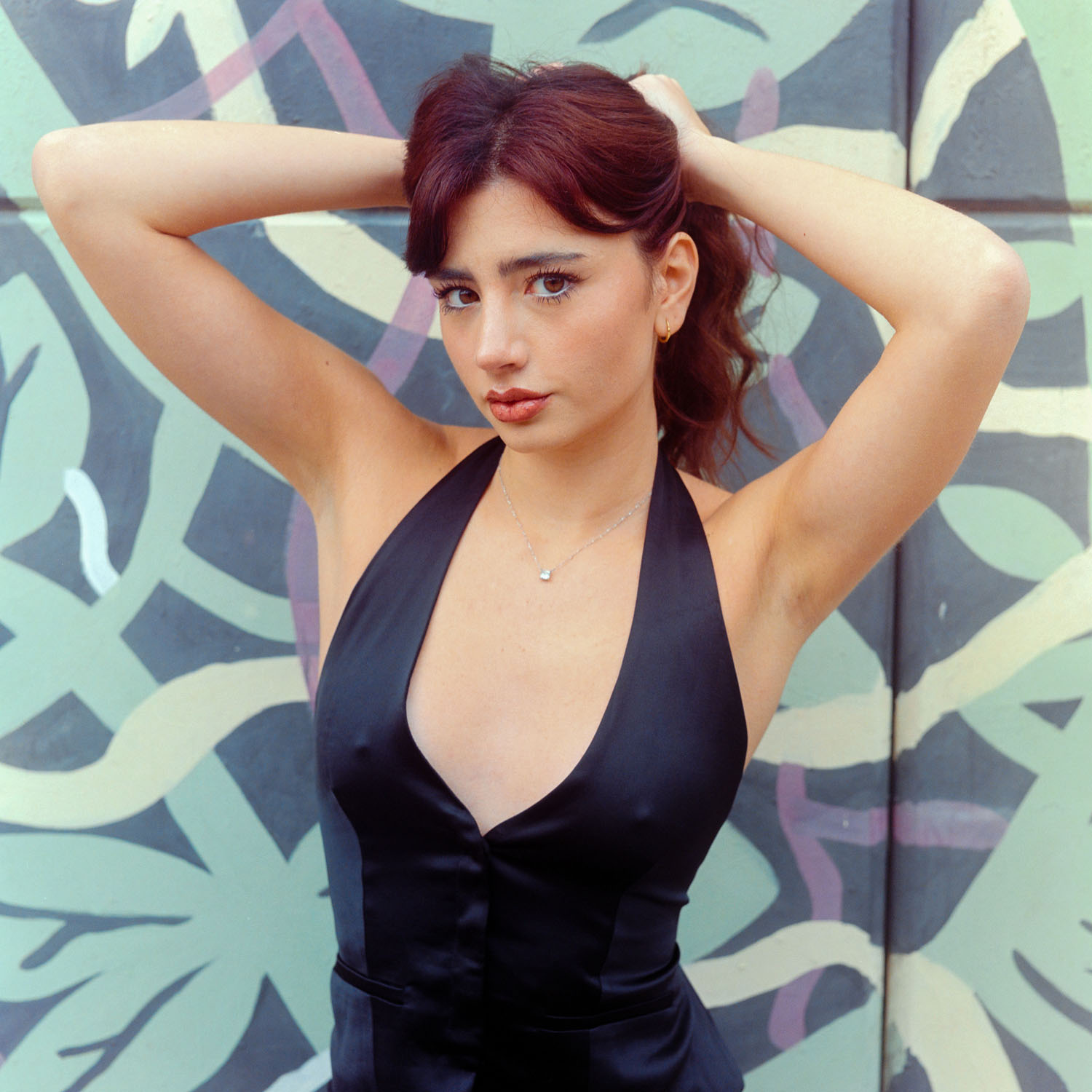
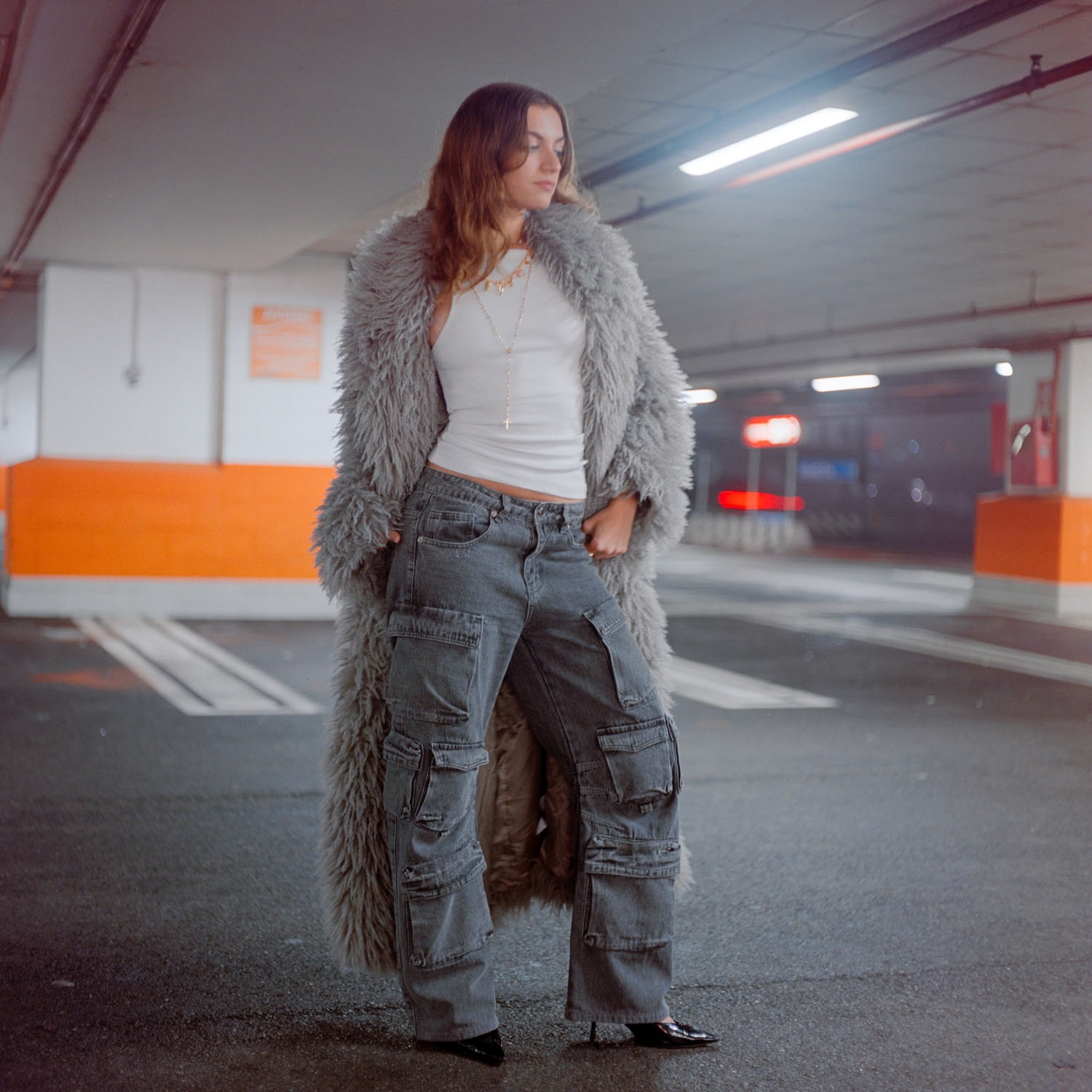
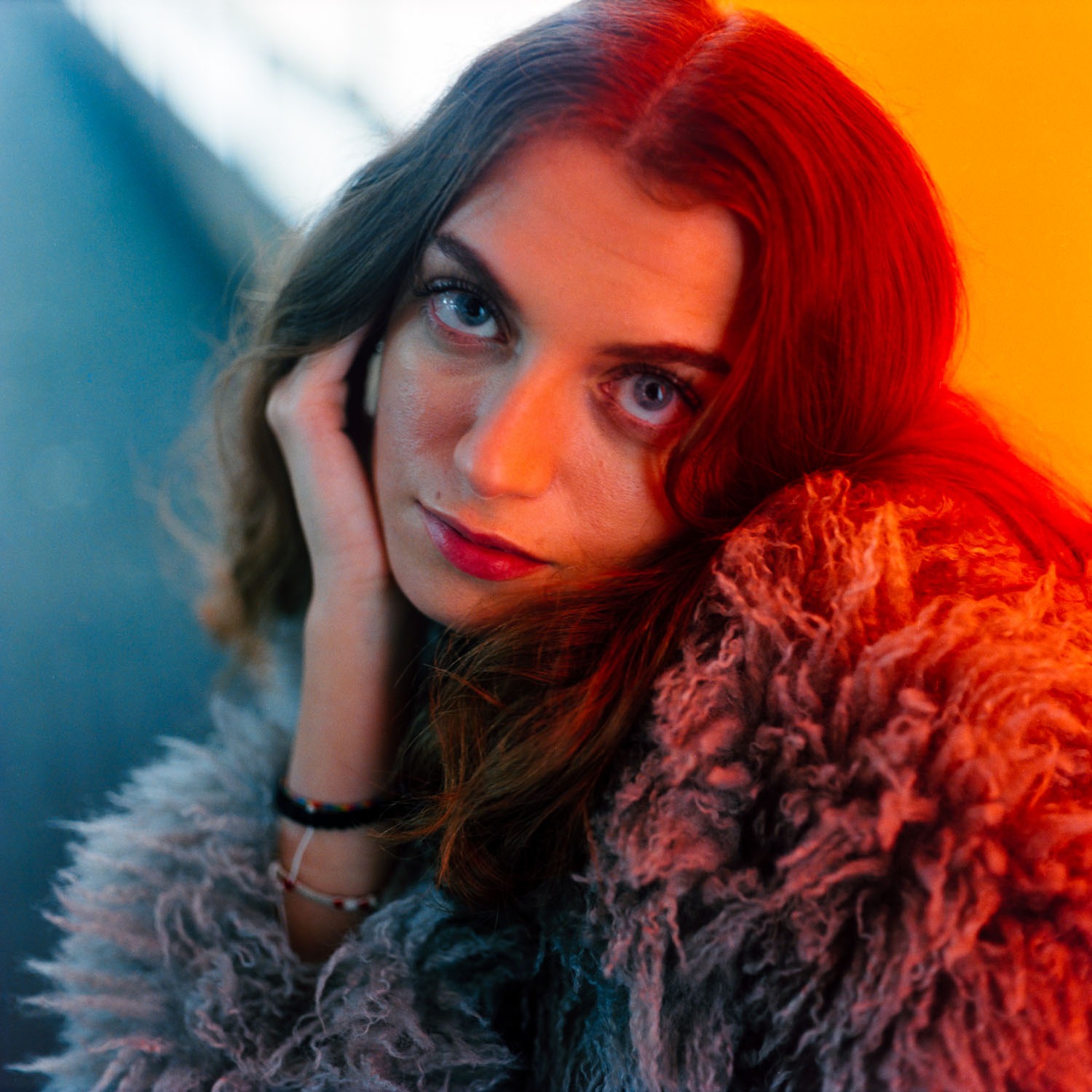
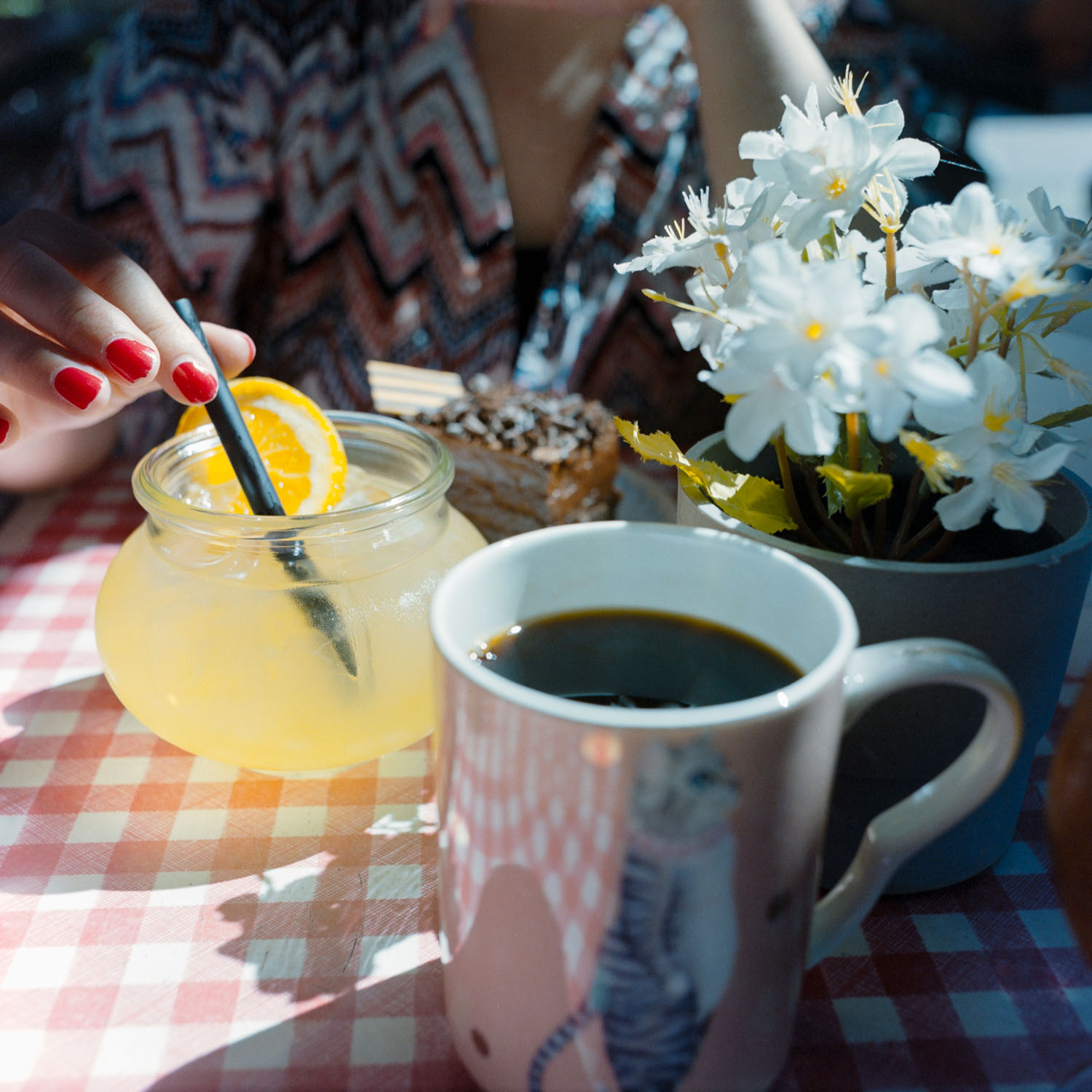
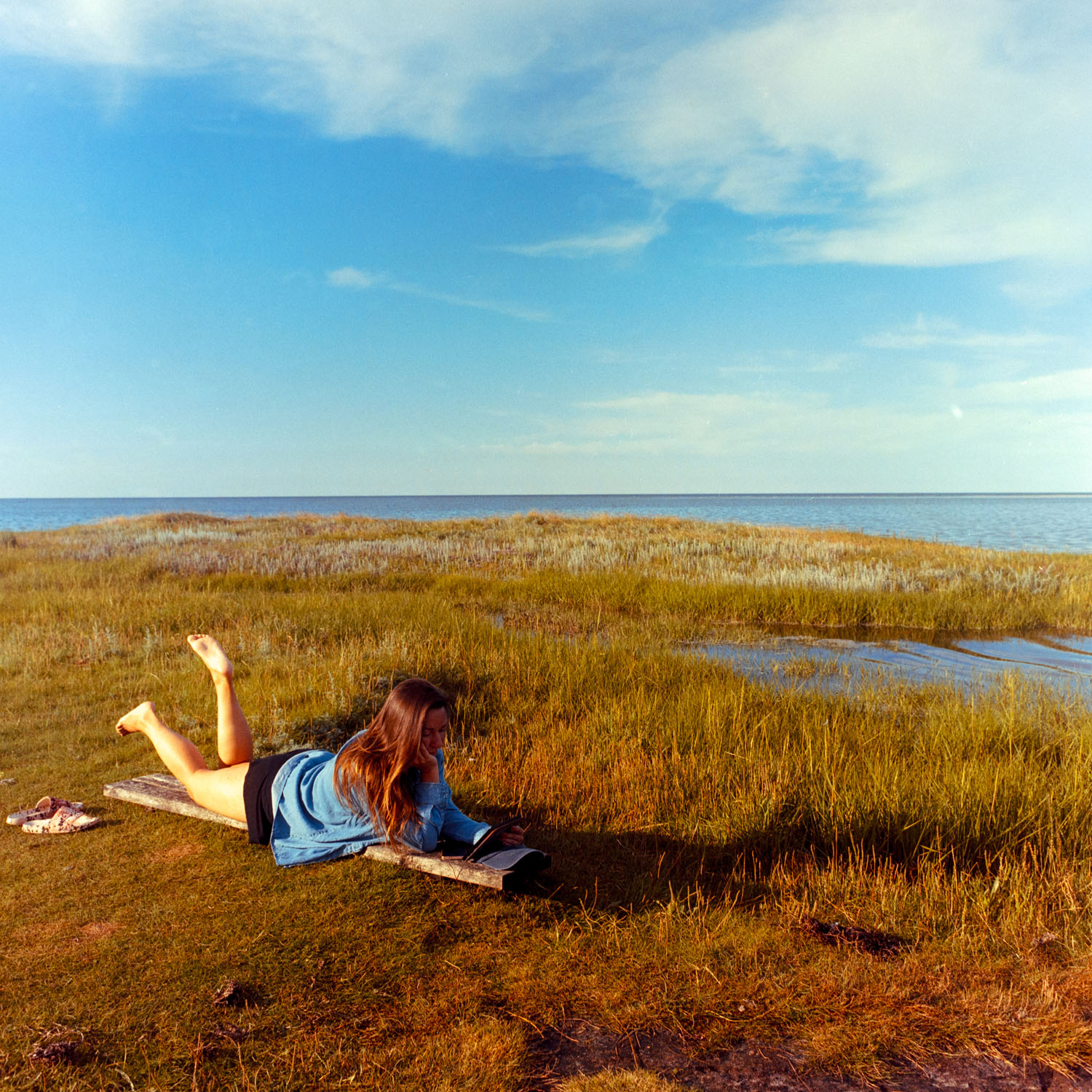
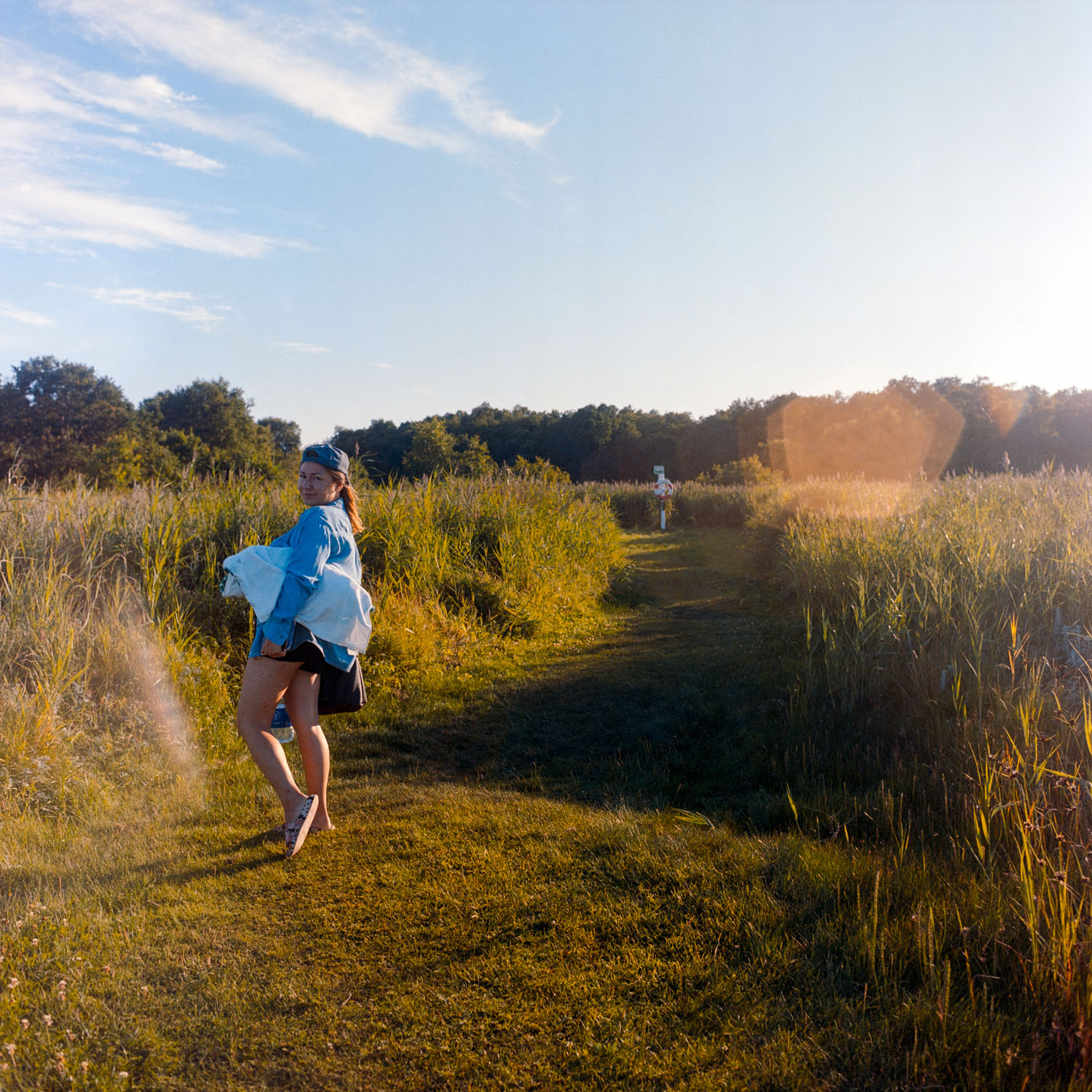
Text and Photos by Mateusz Kaźmierczak


